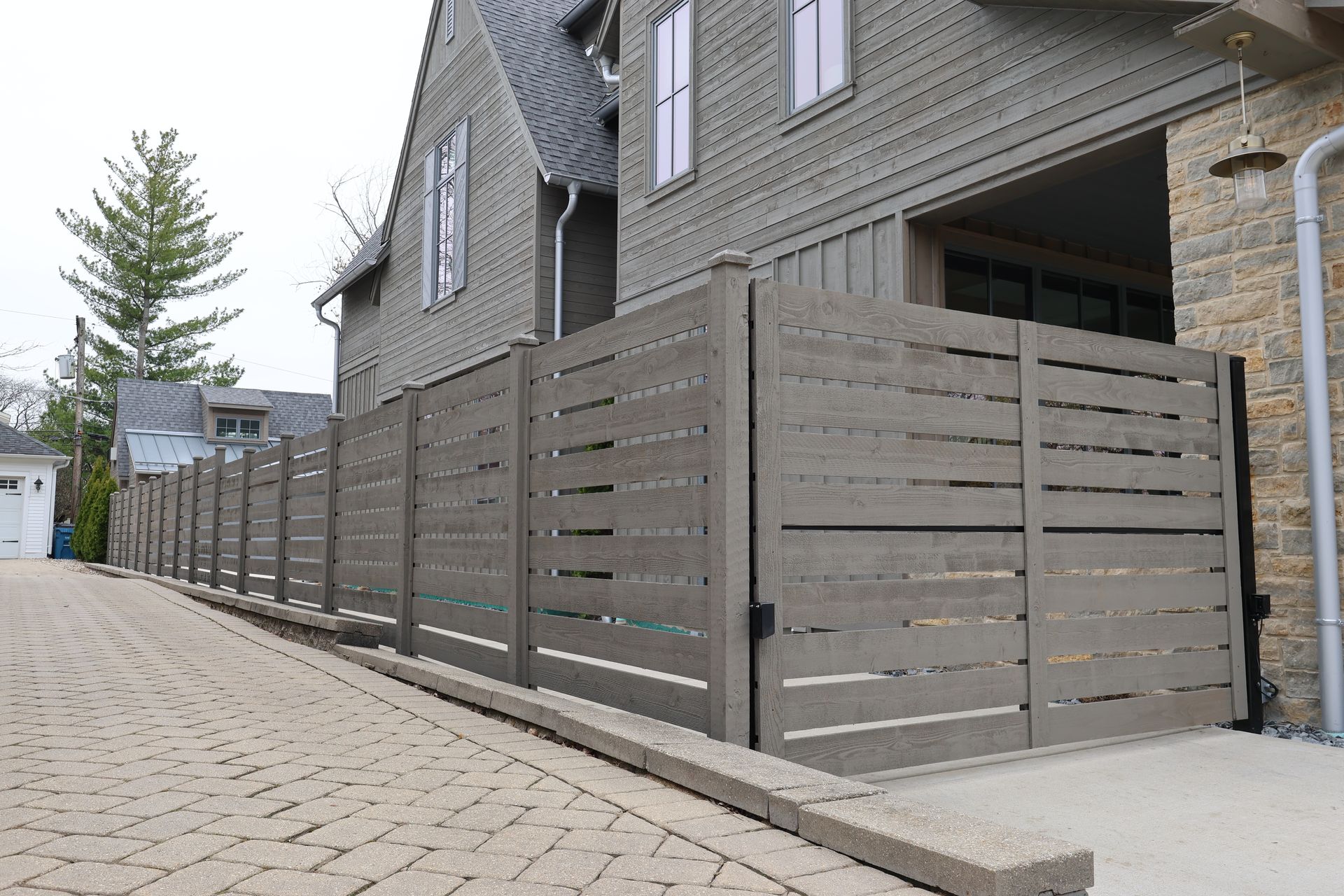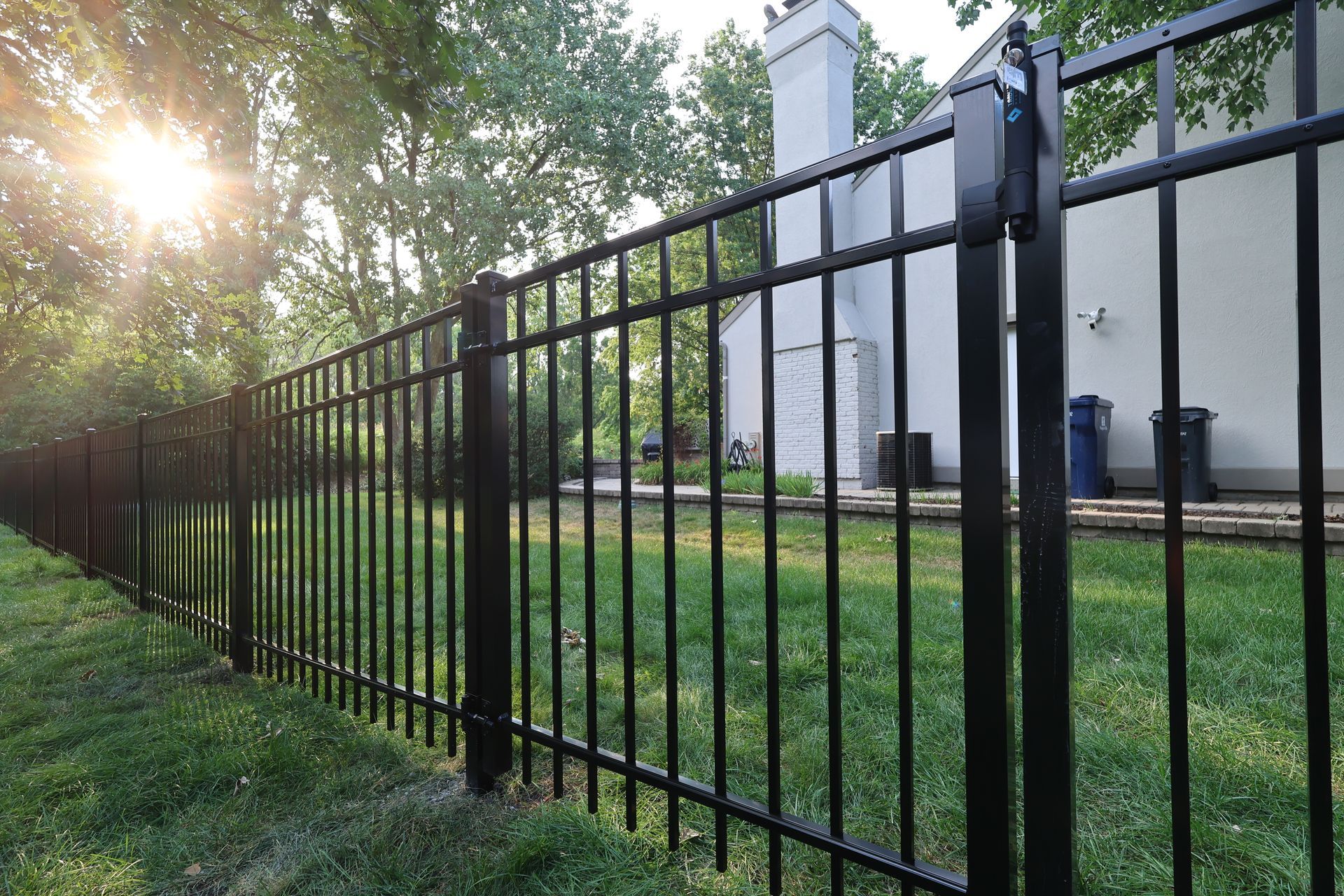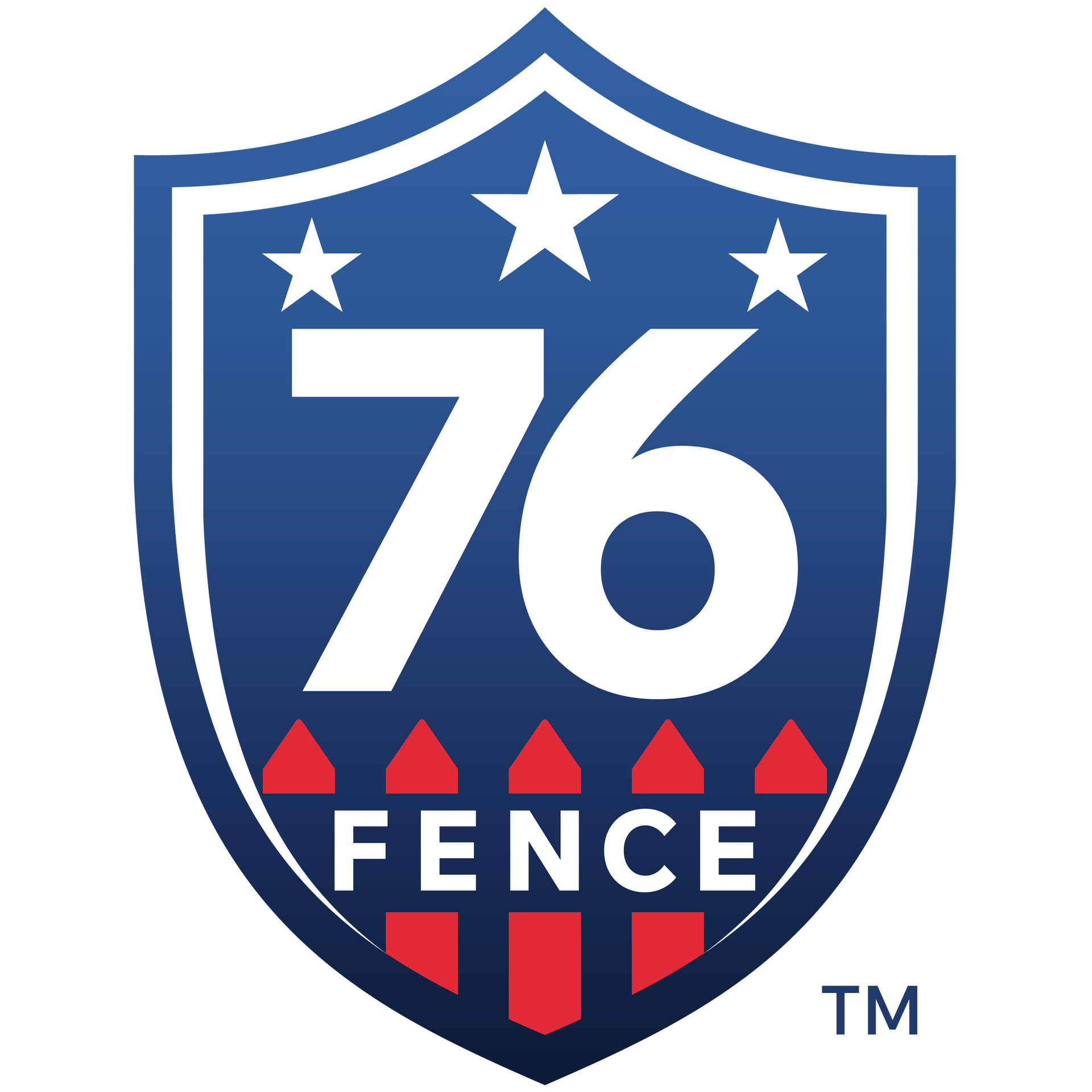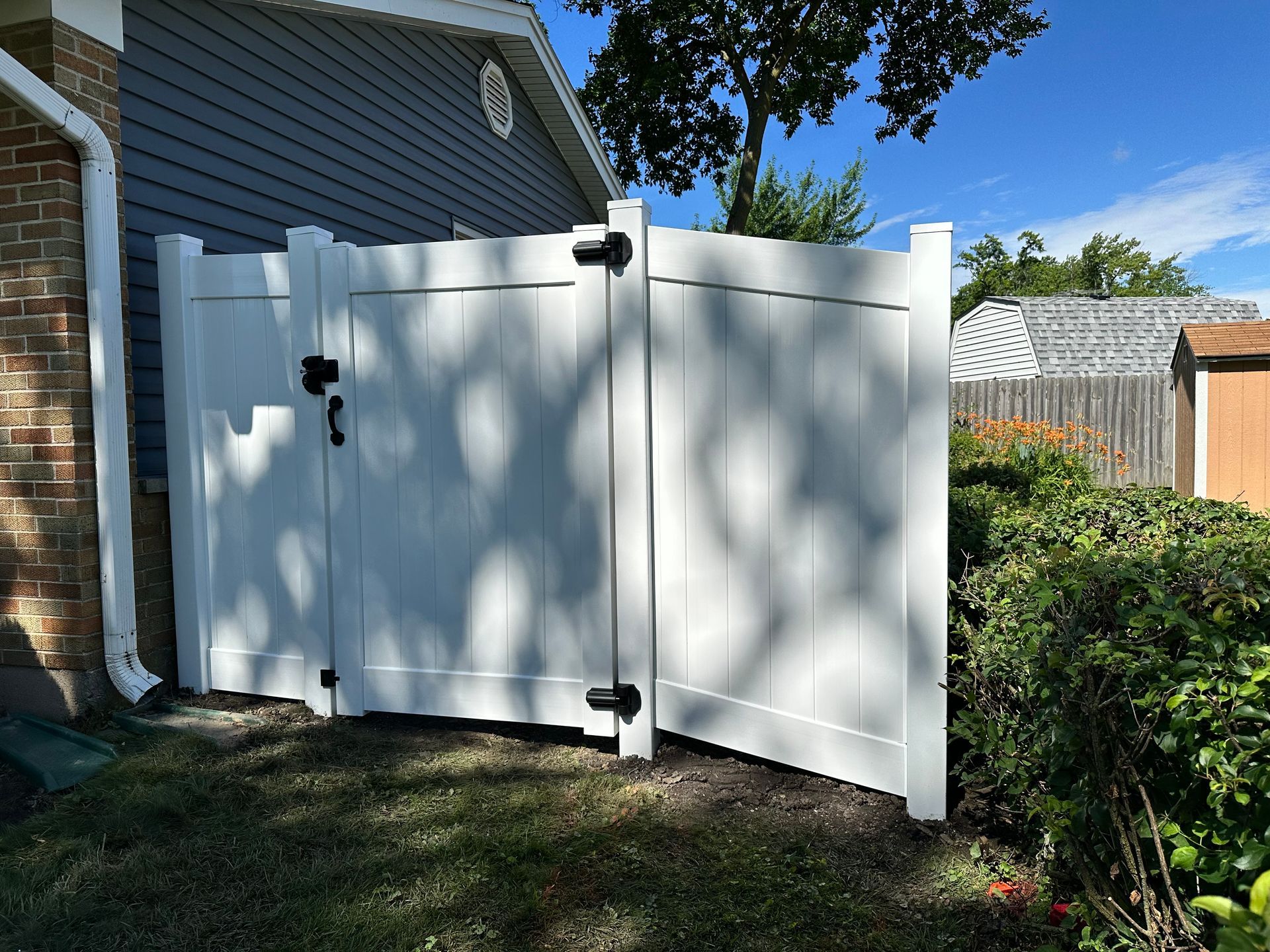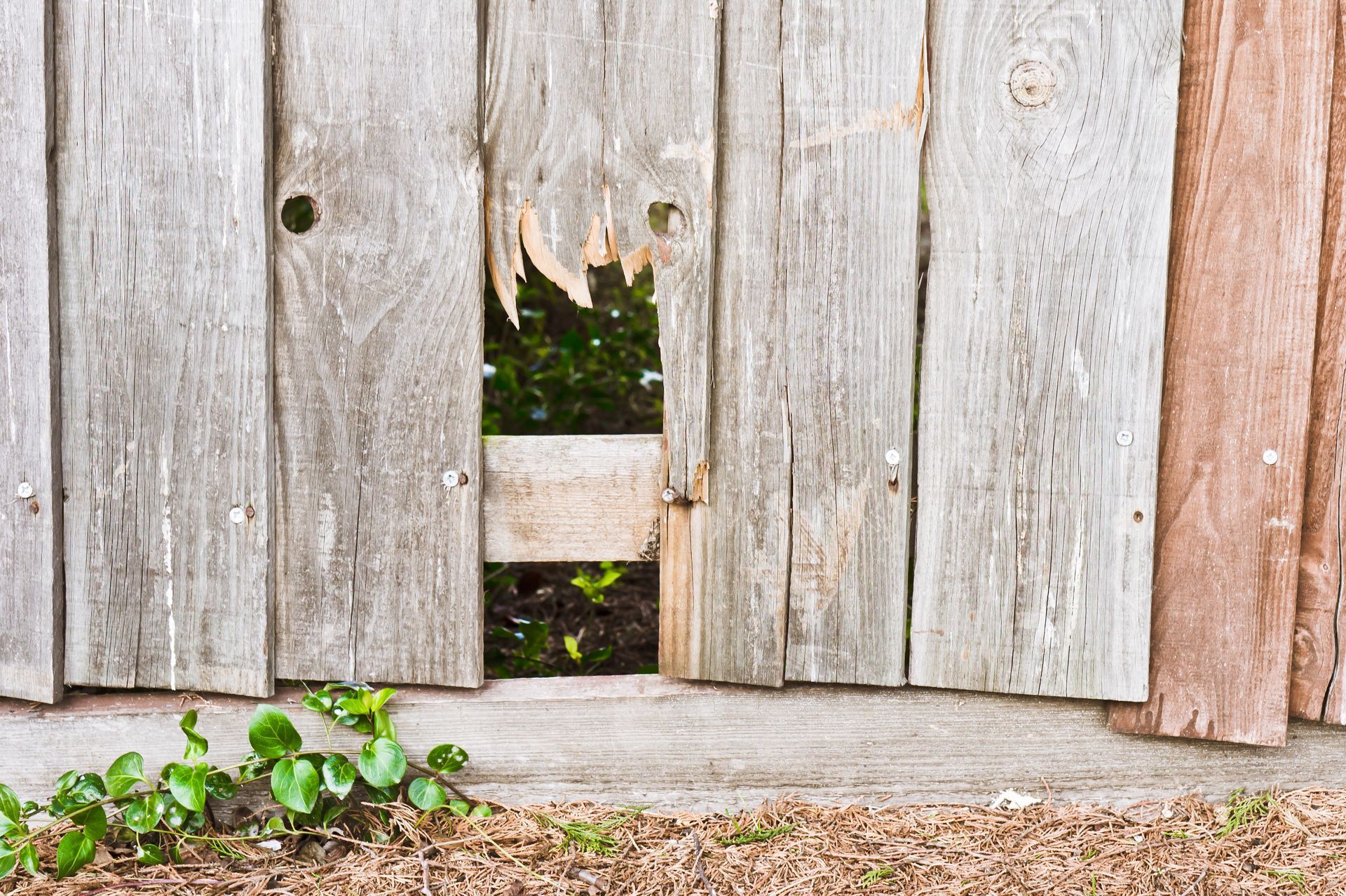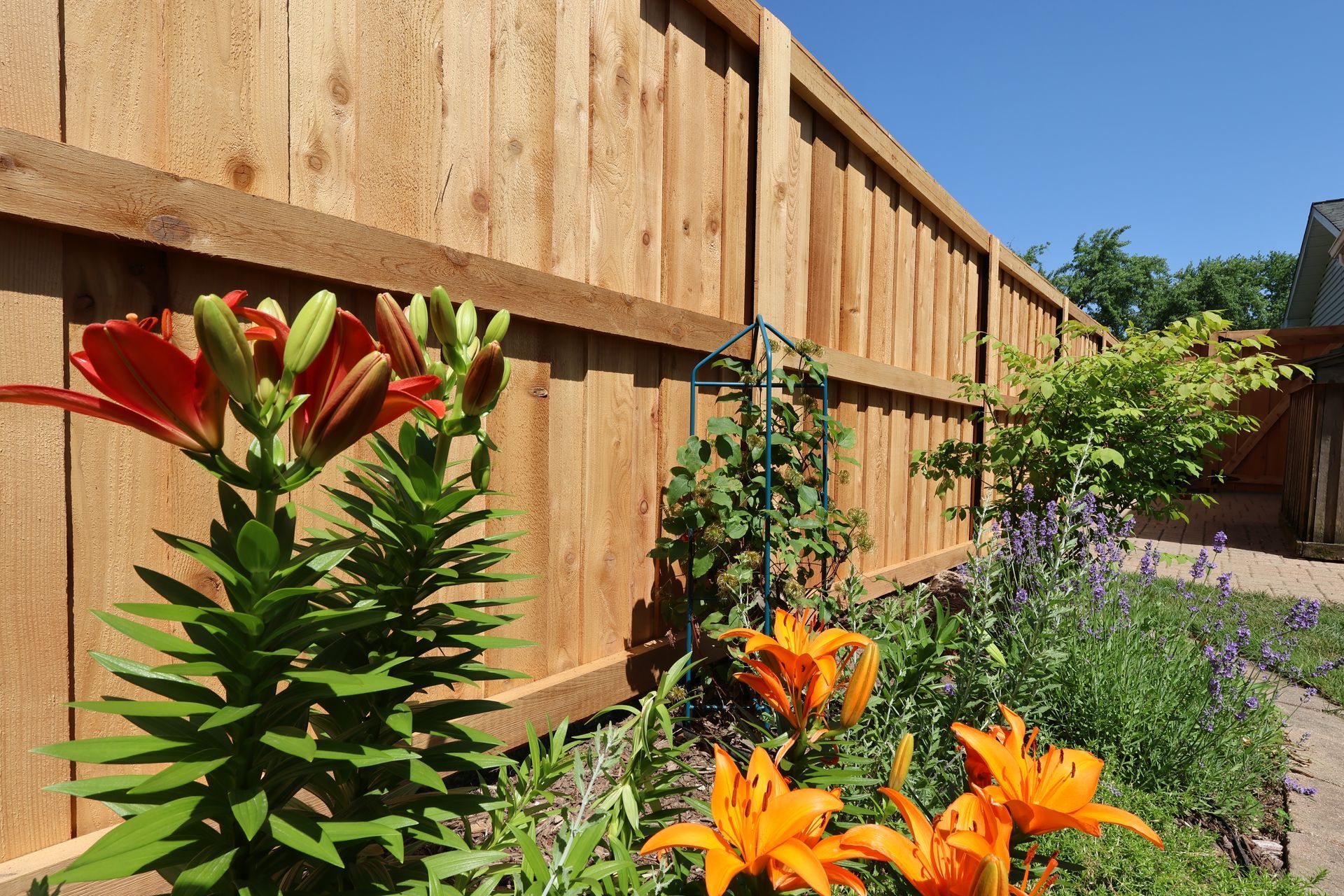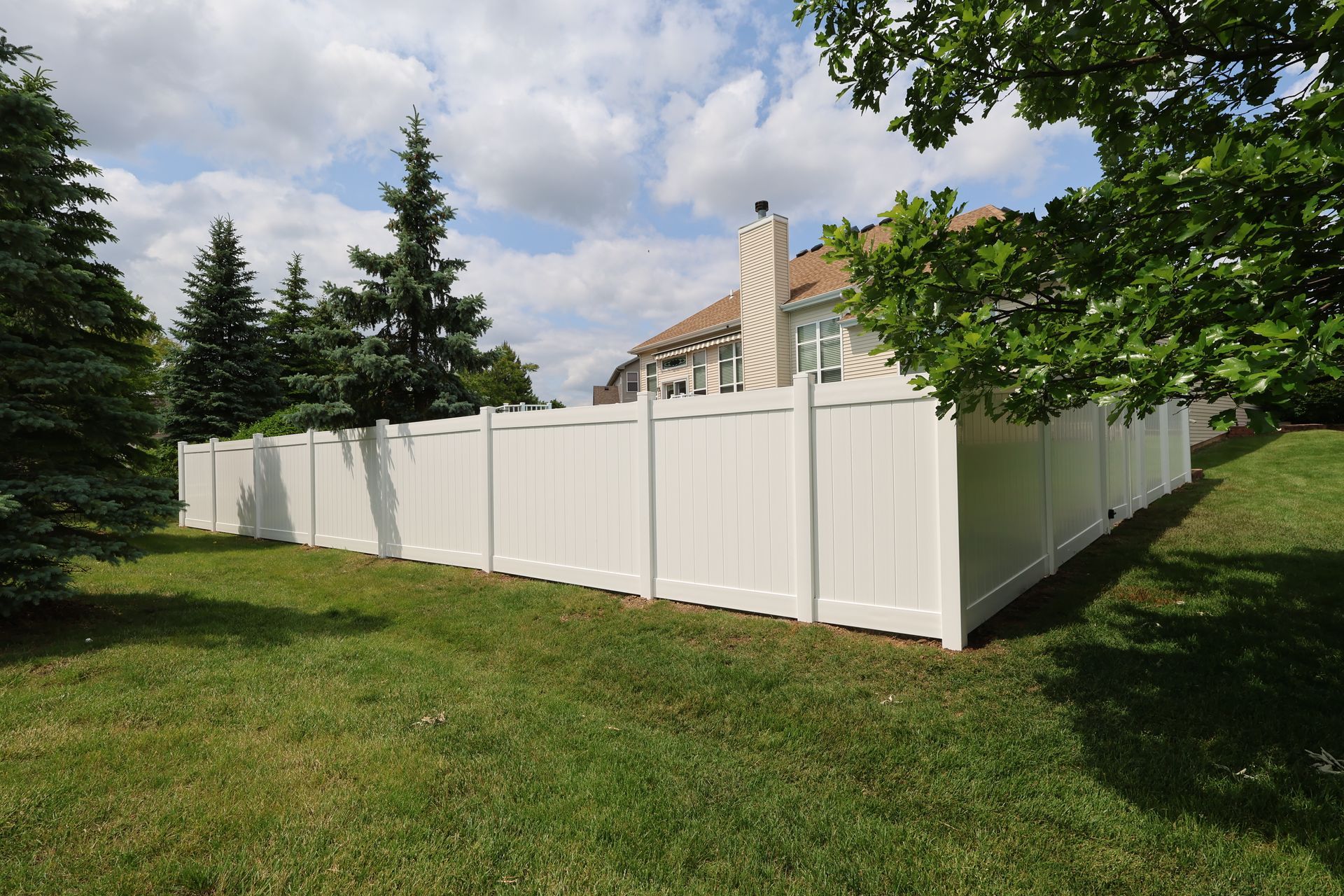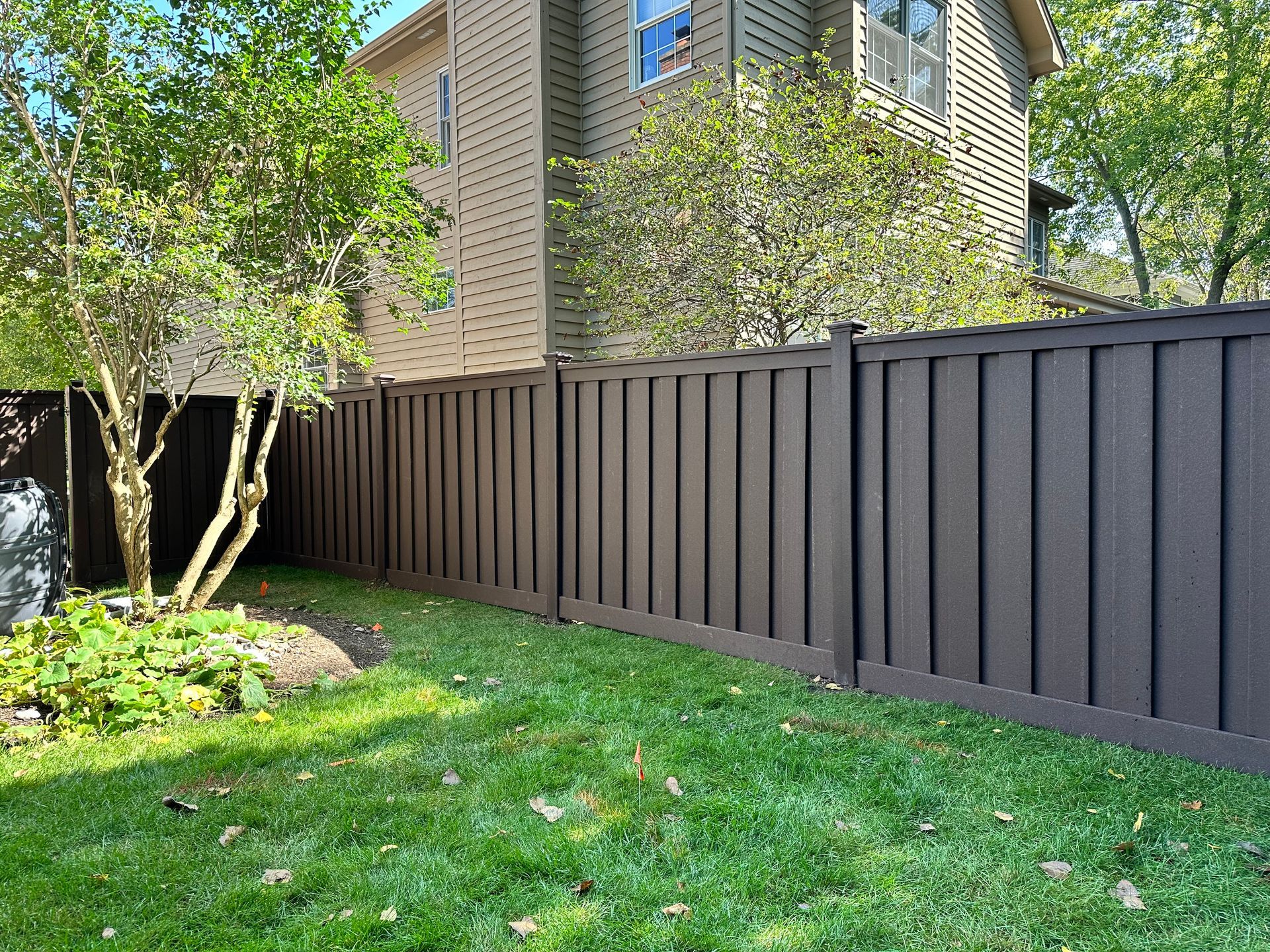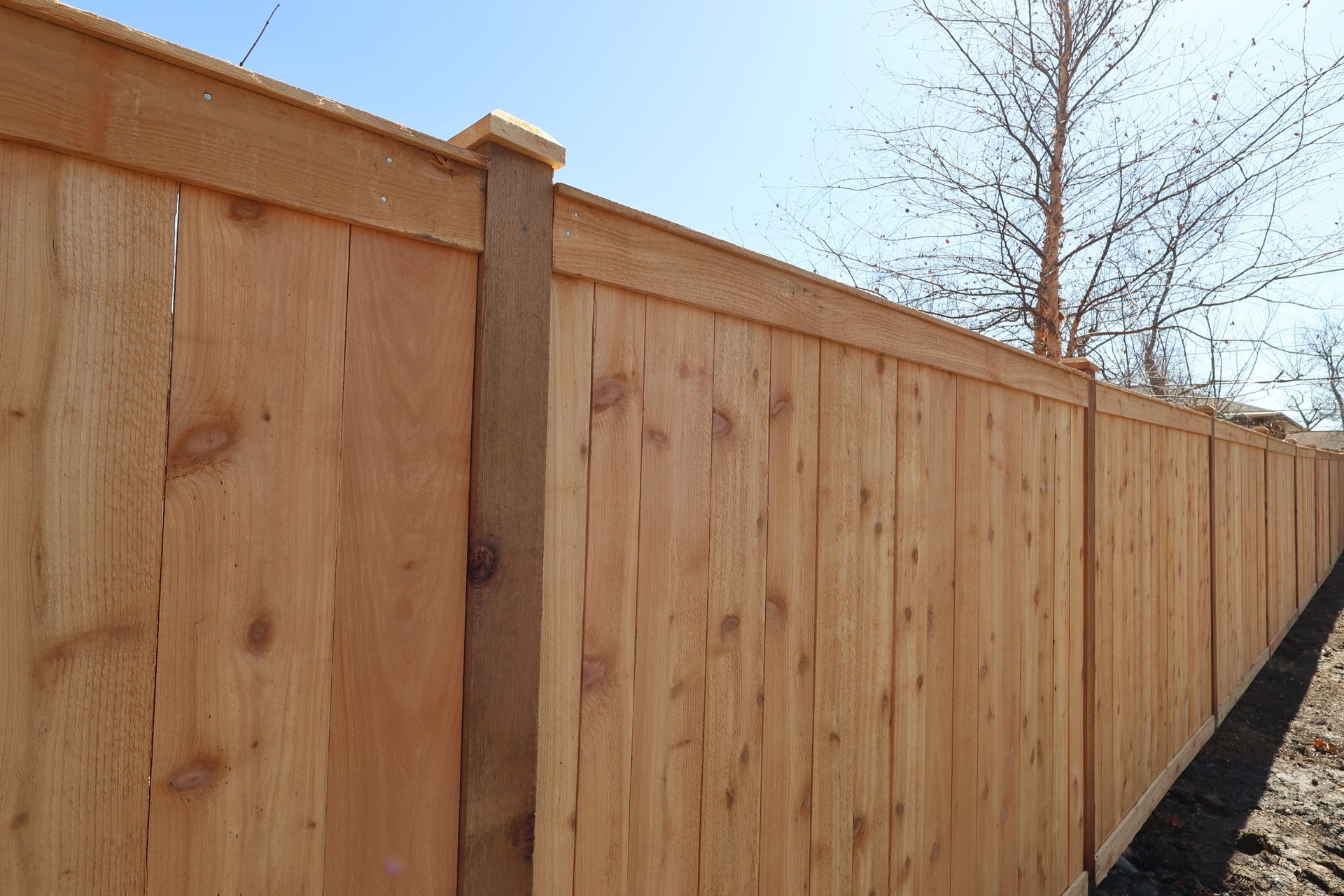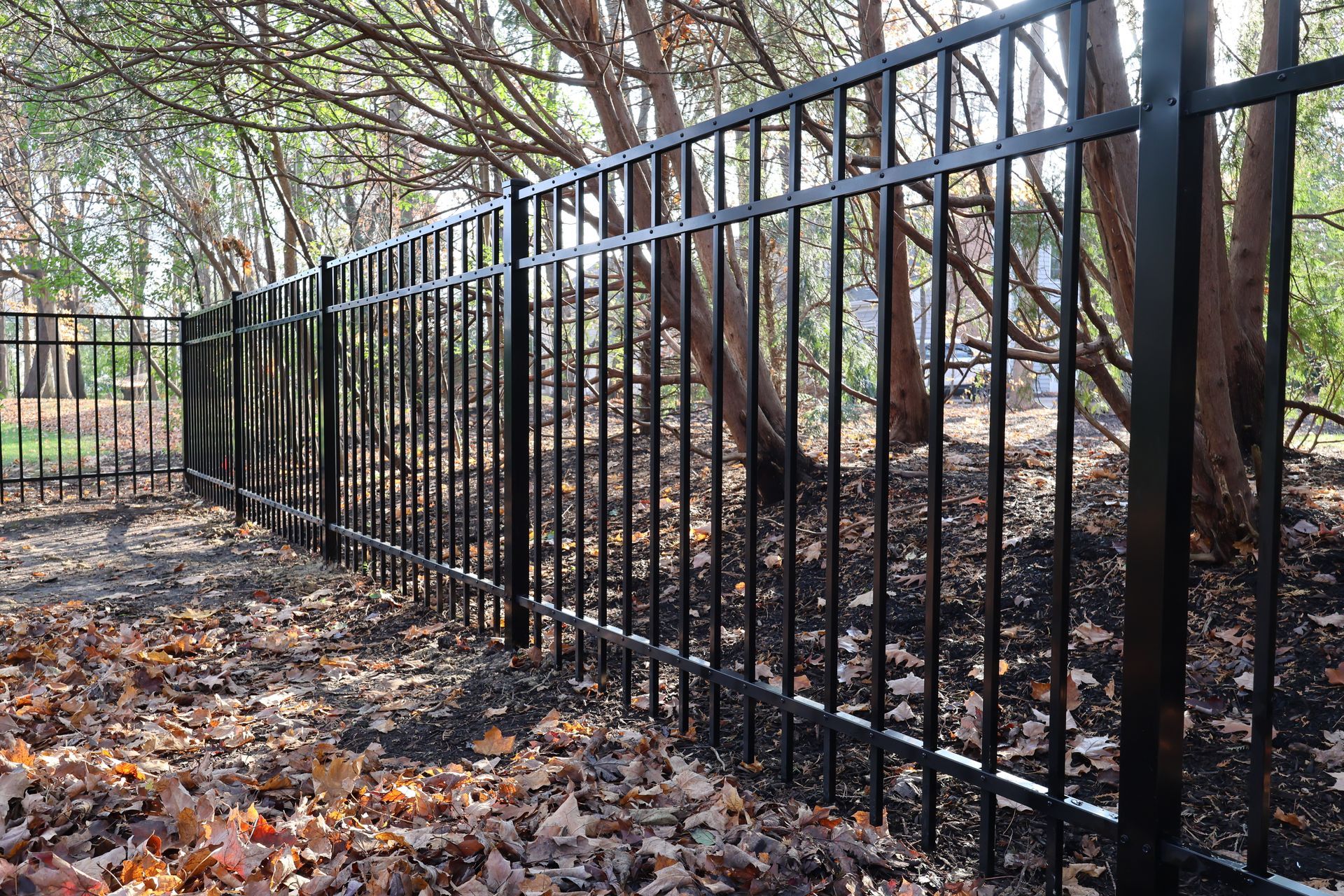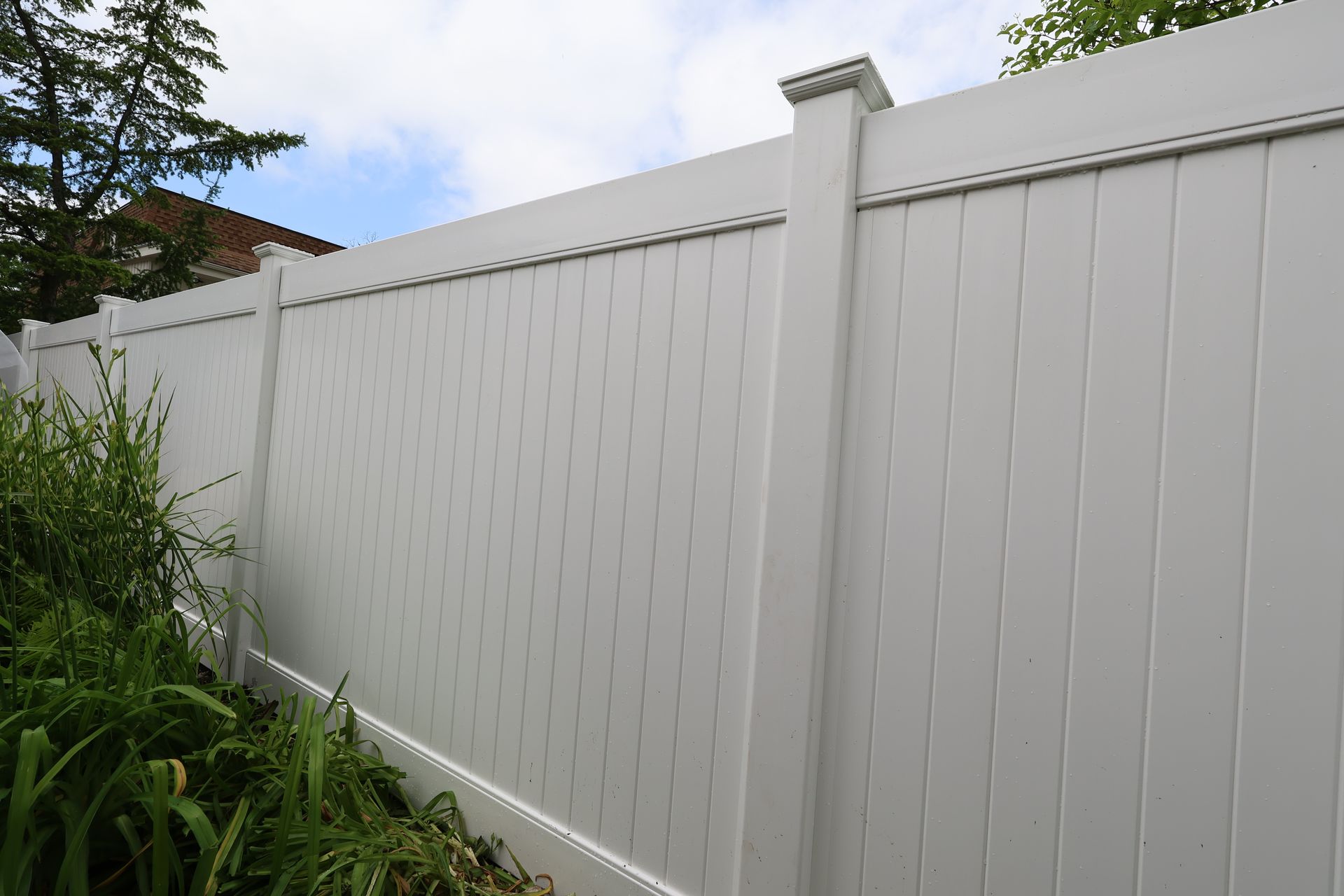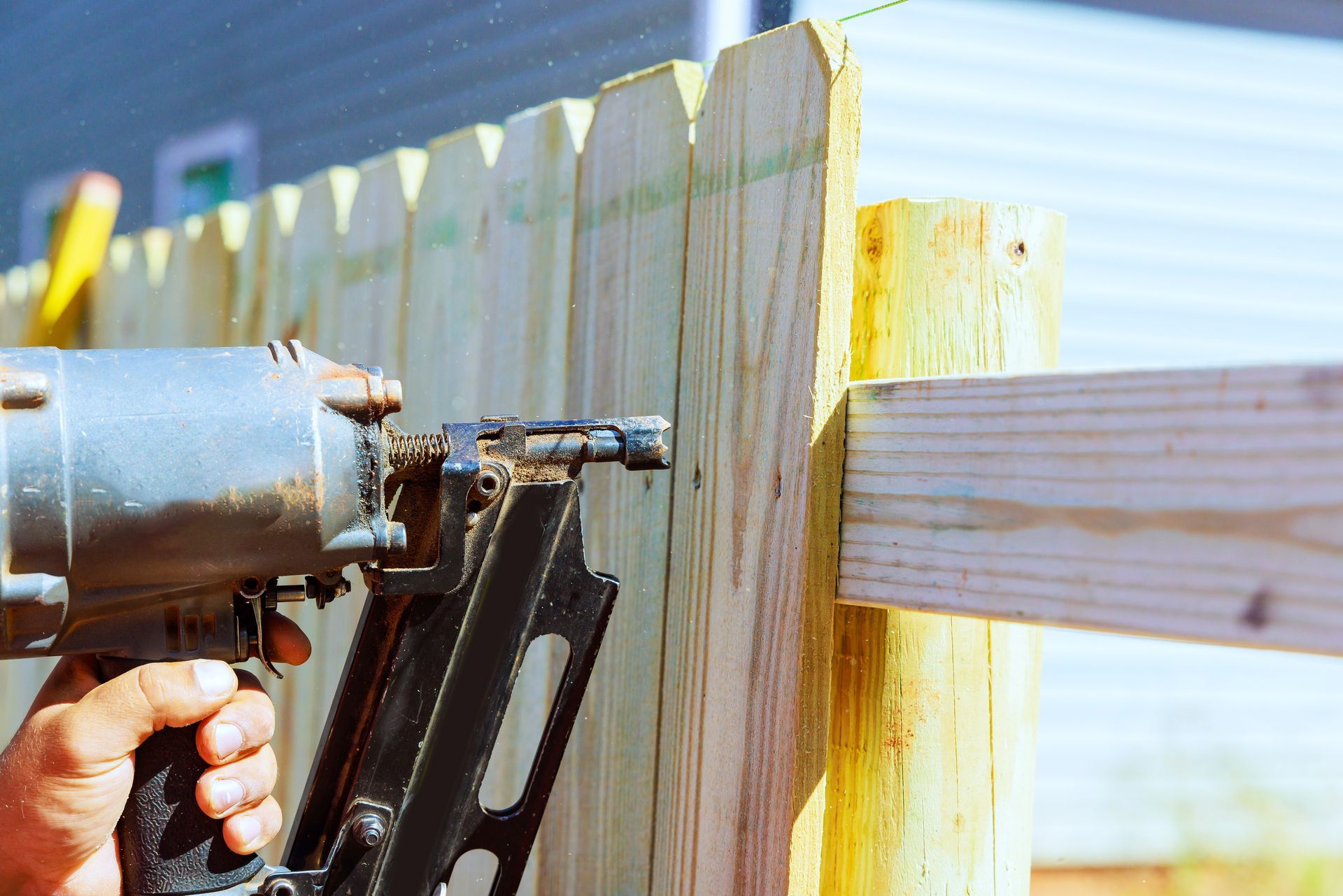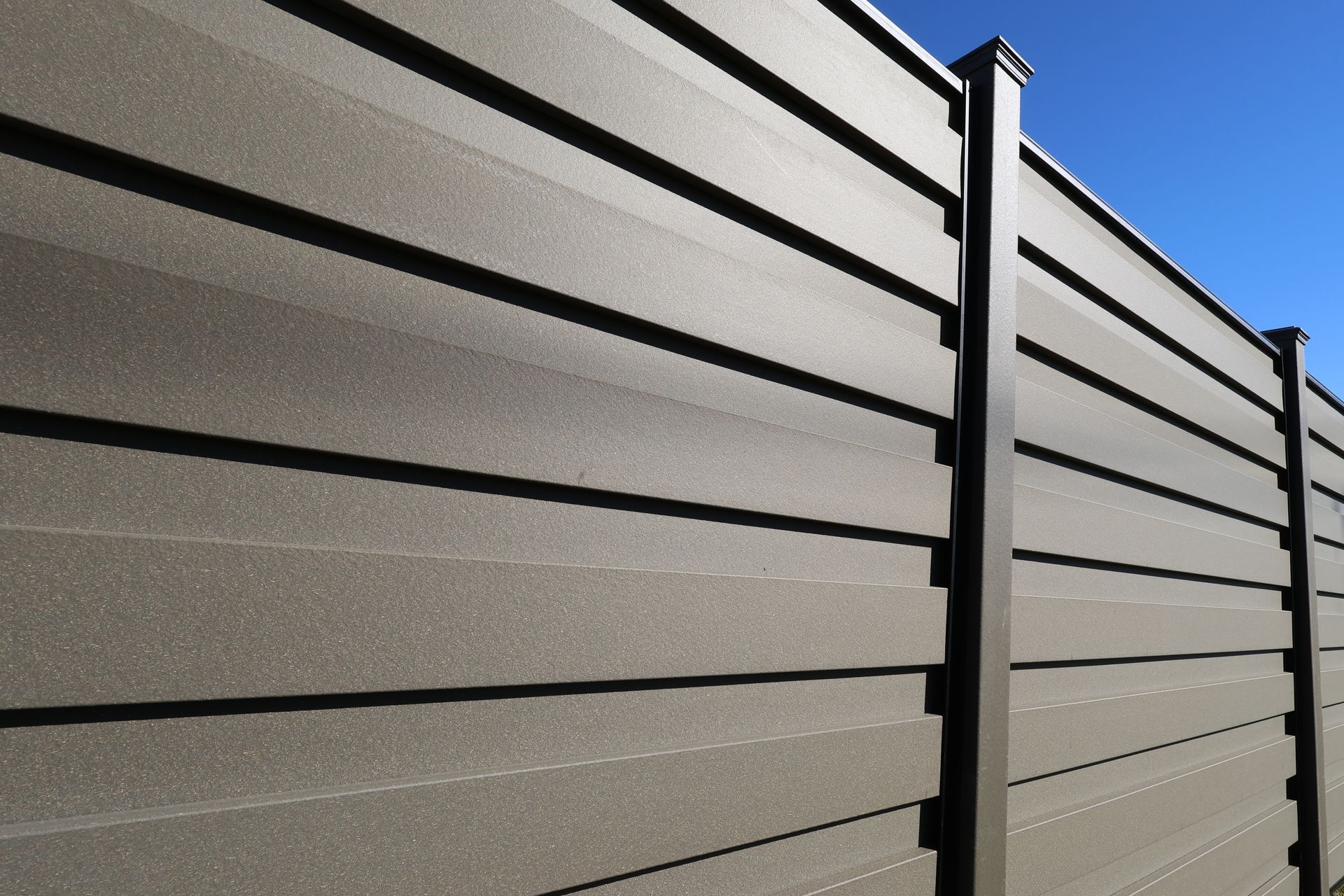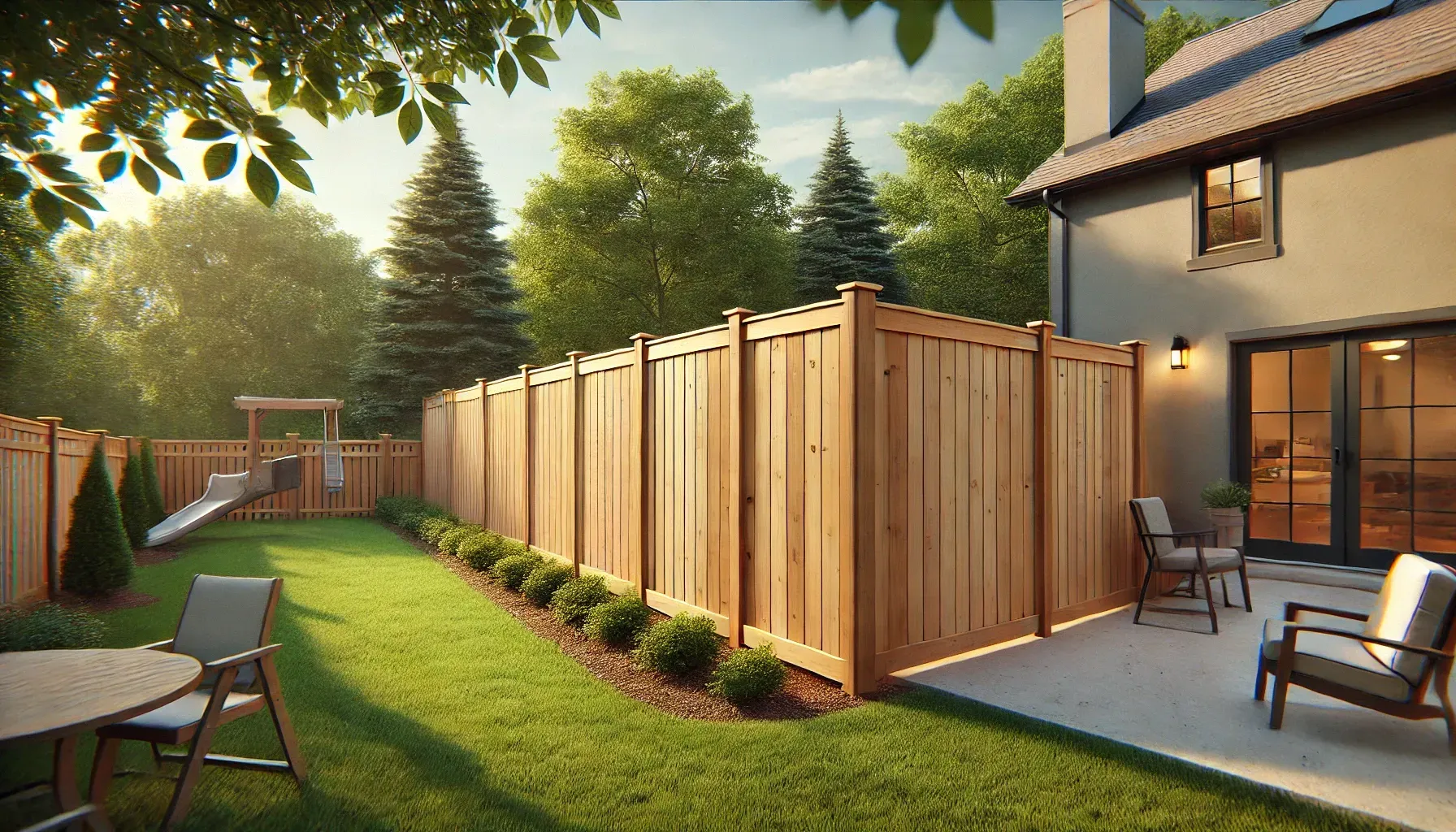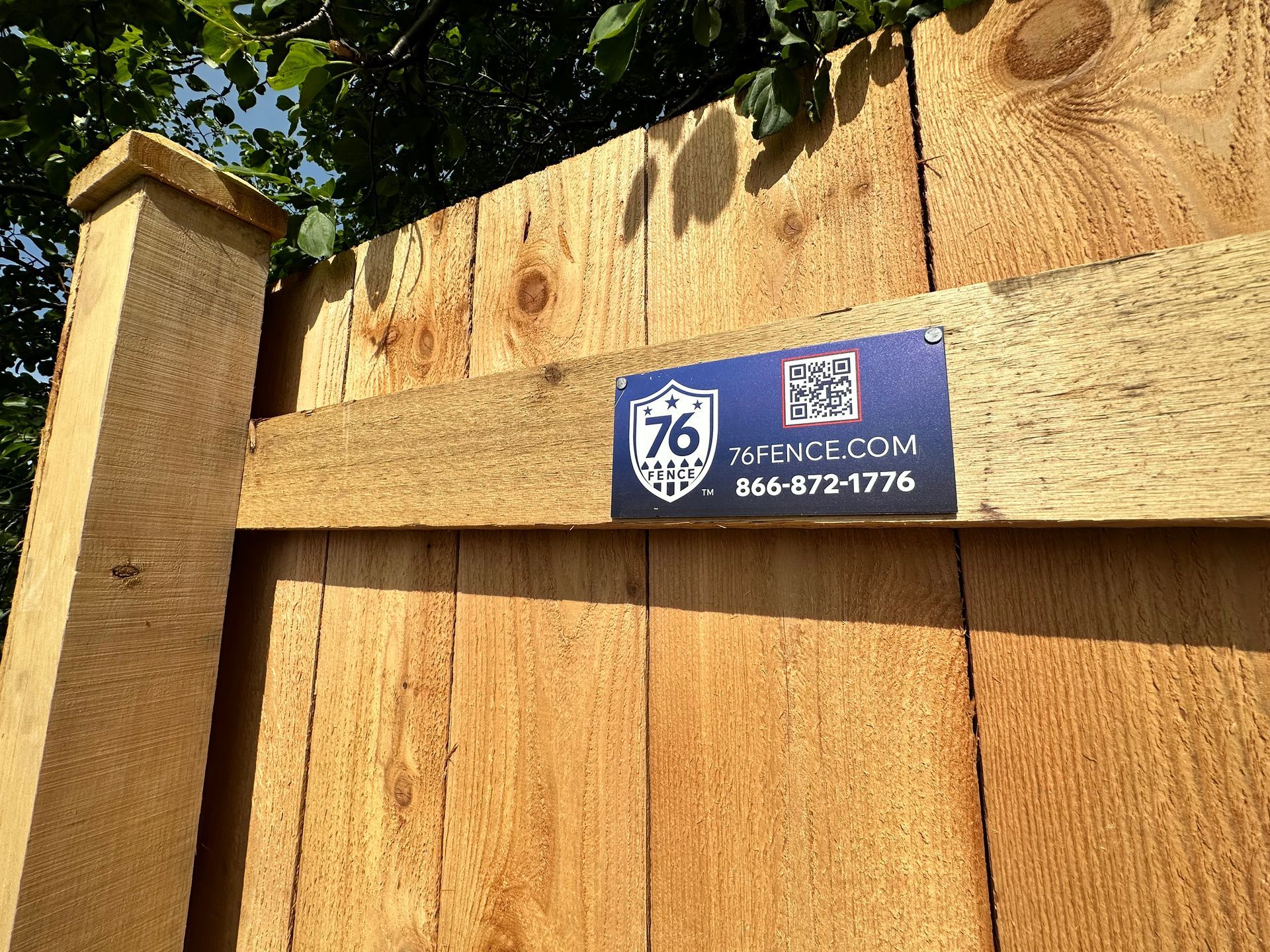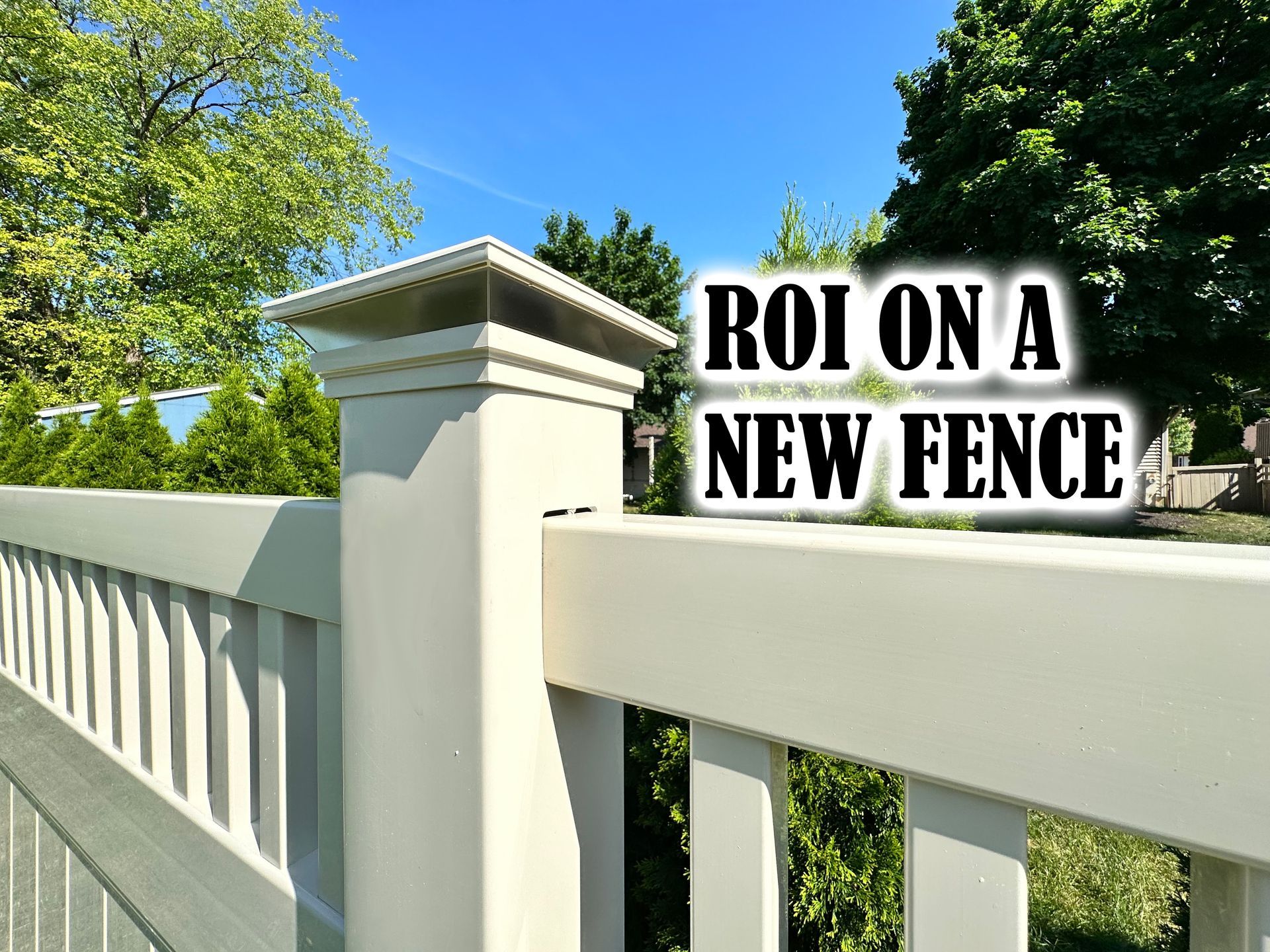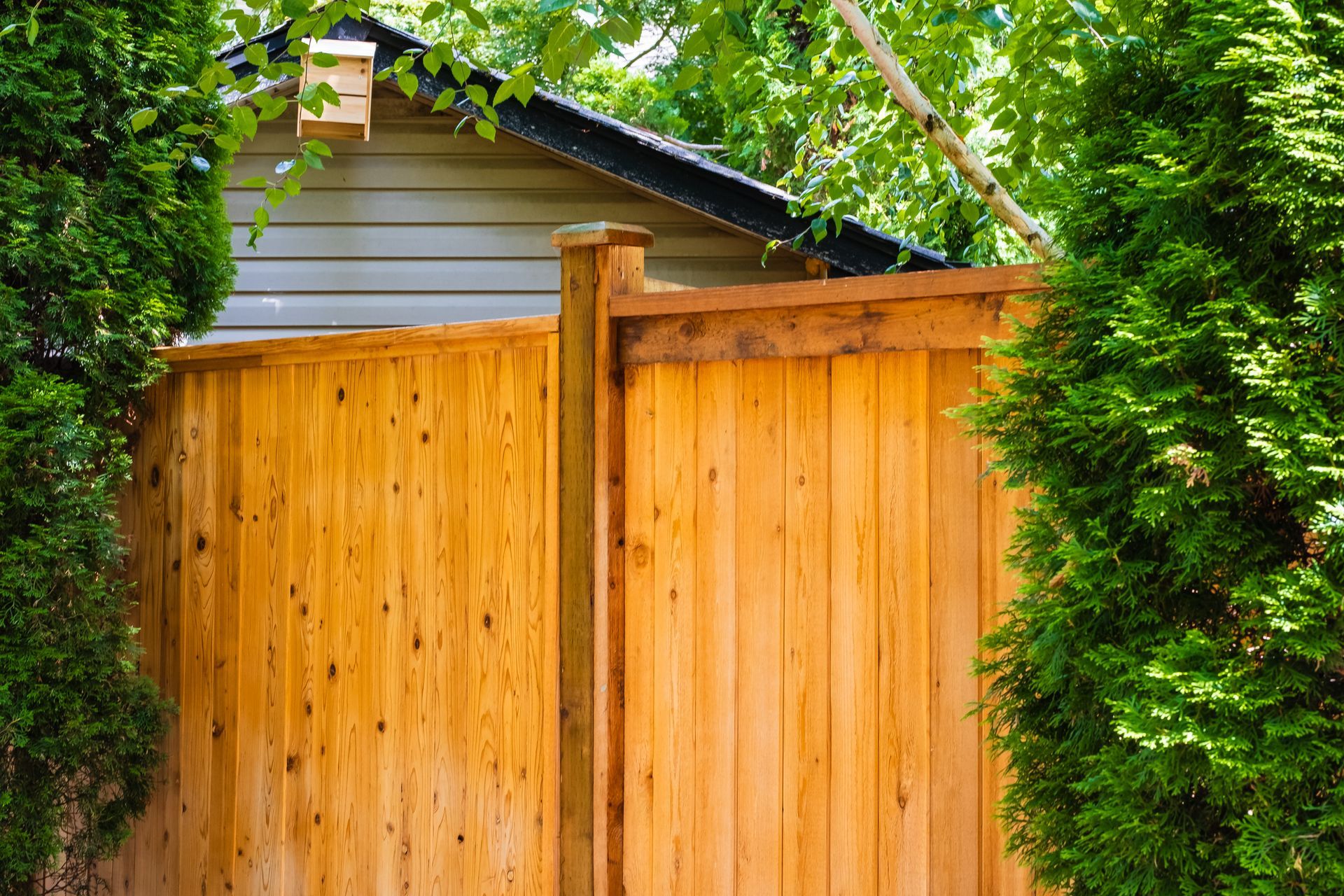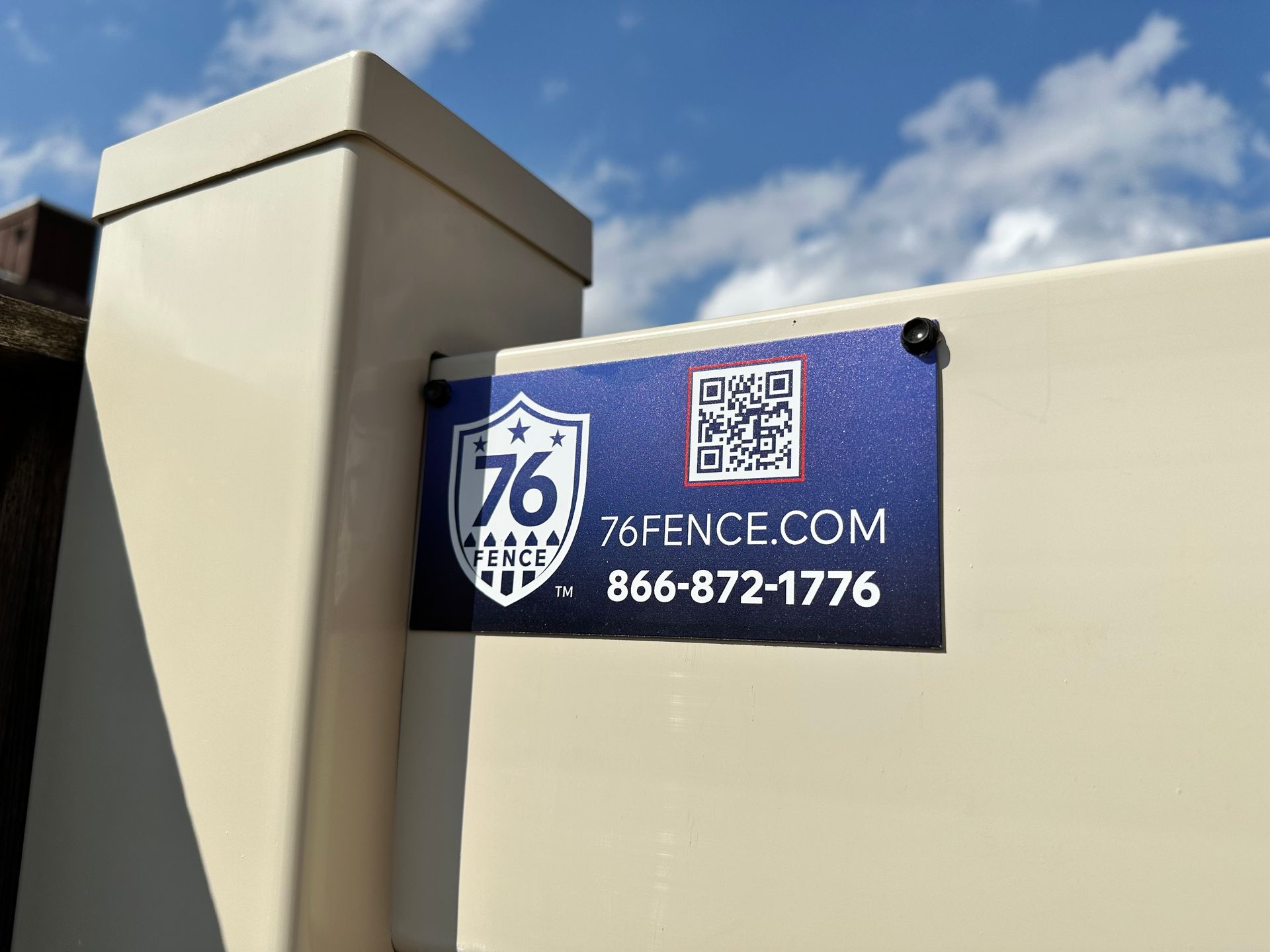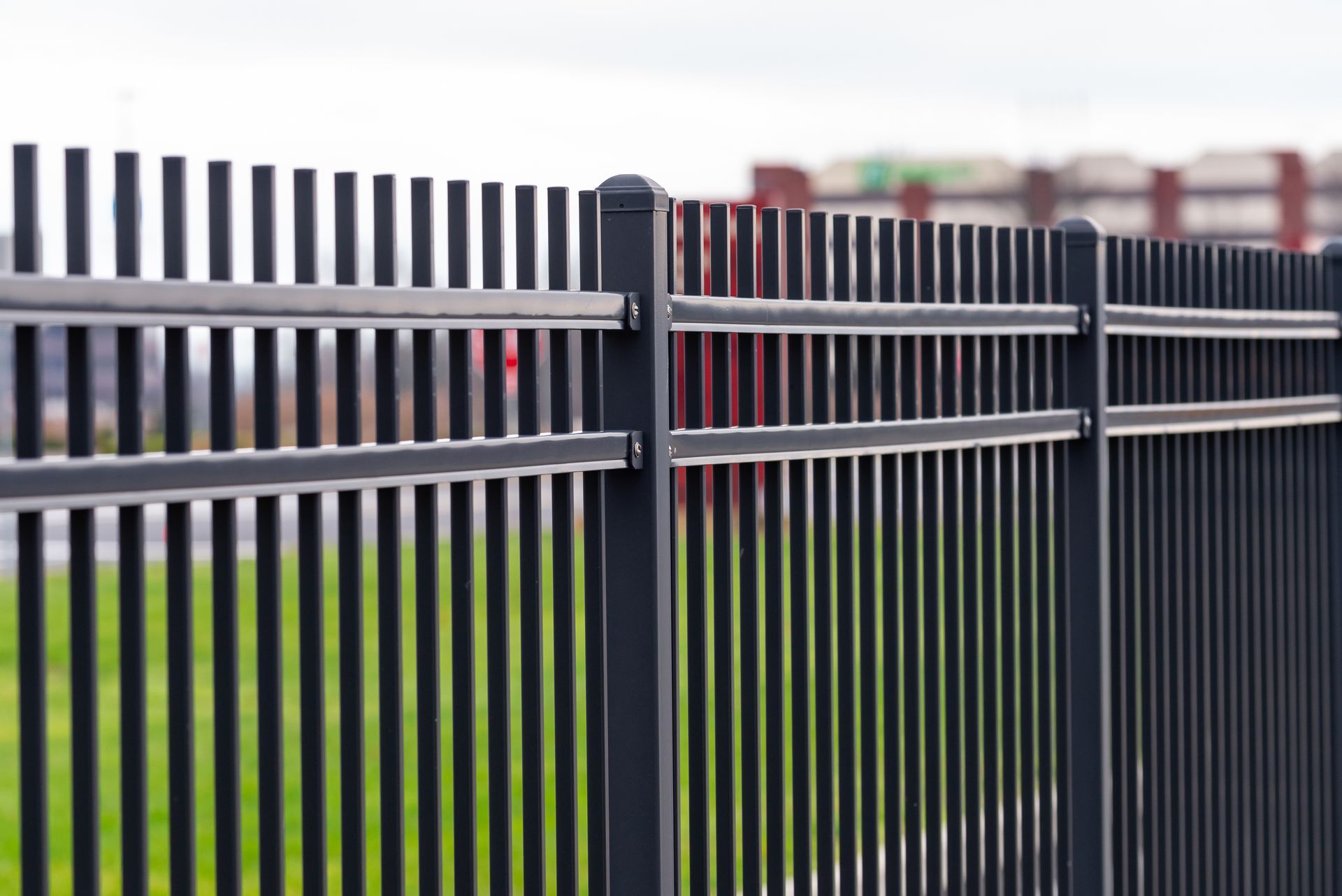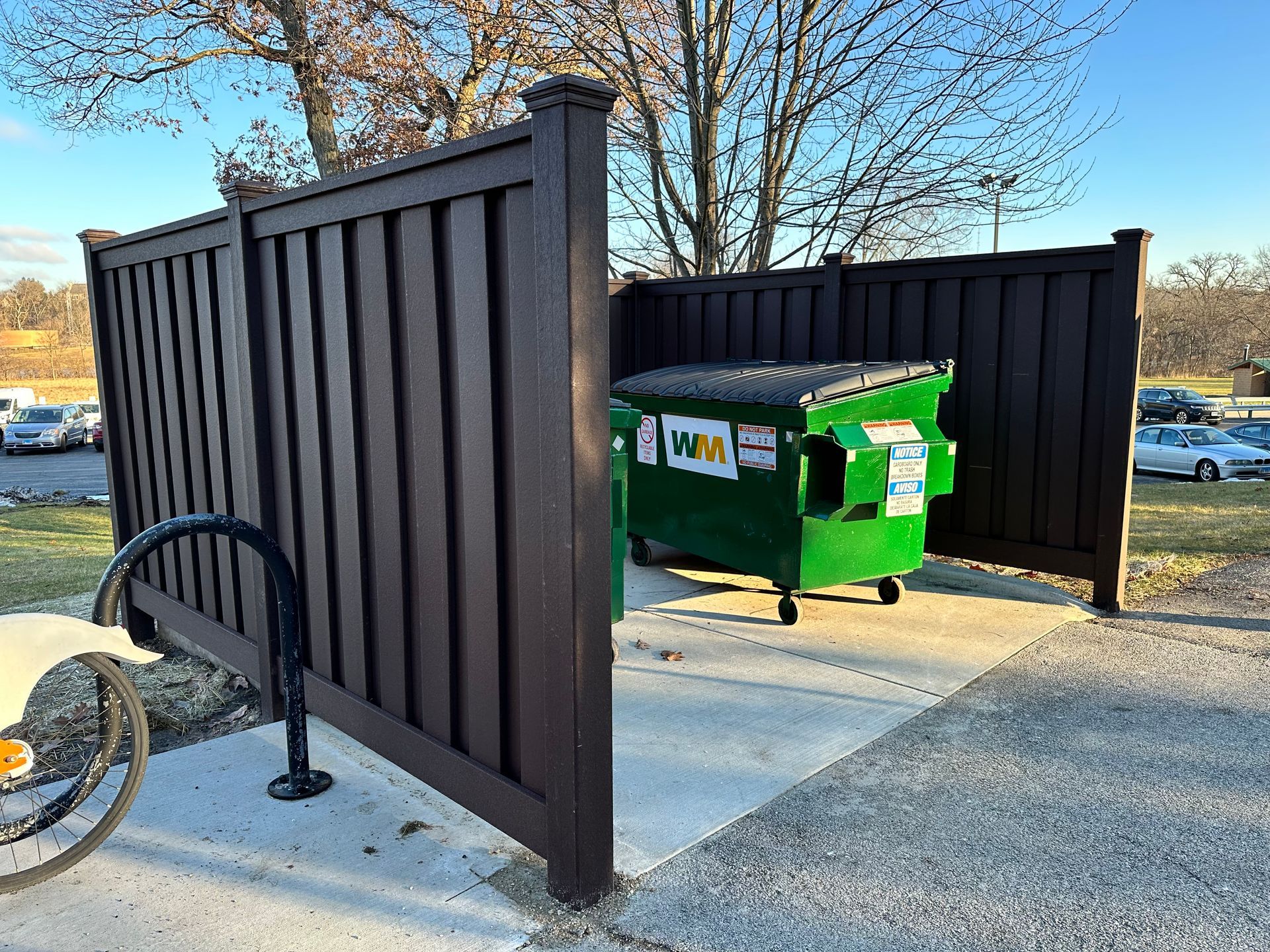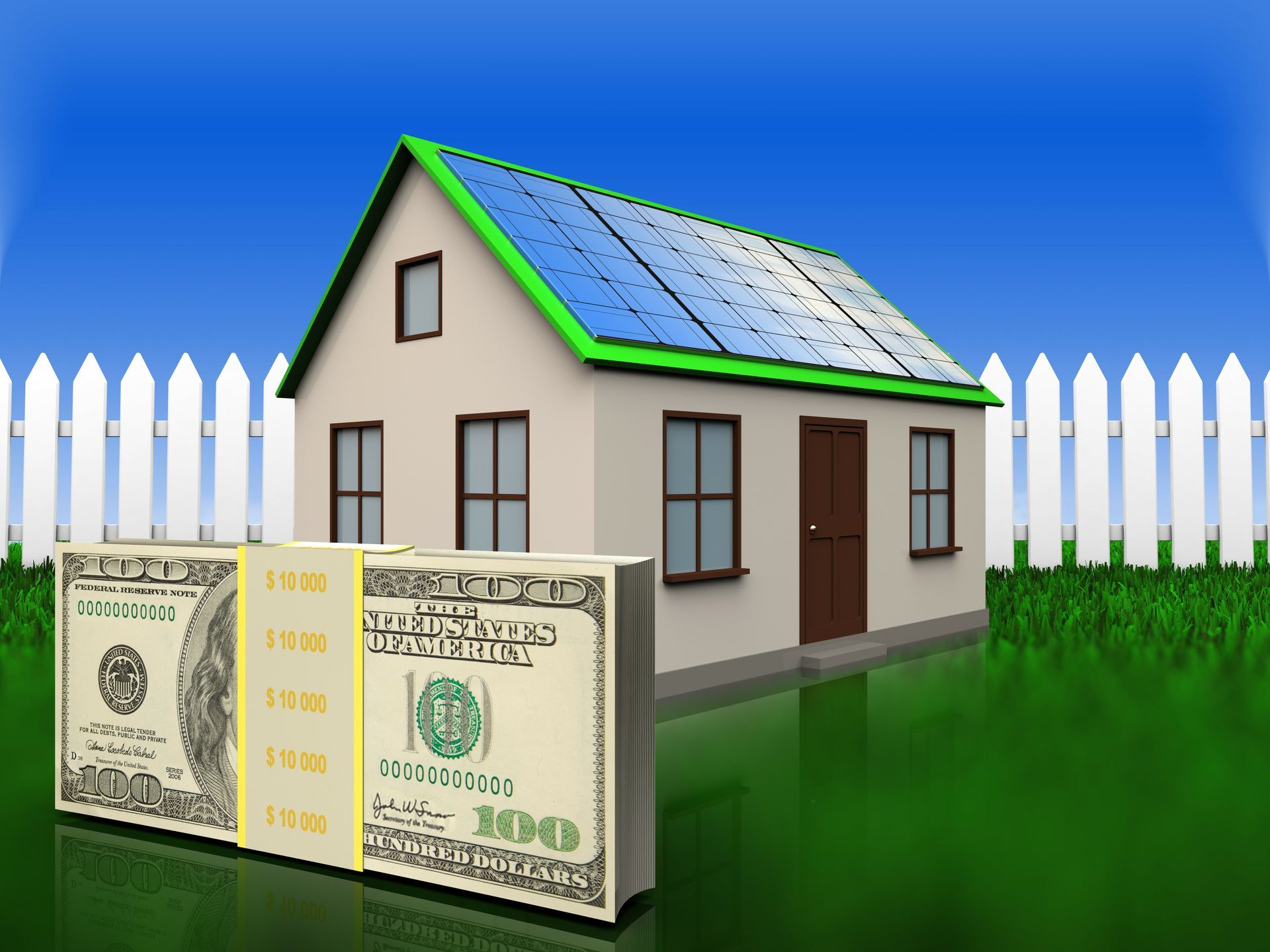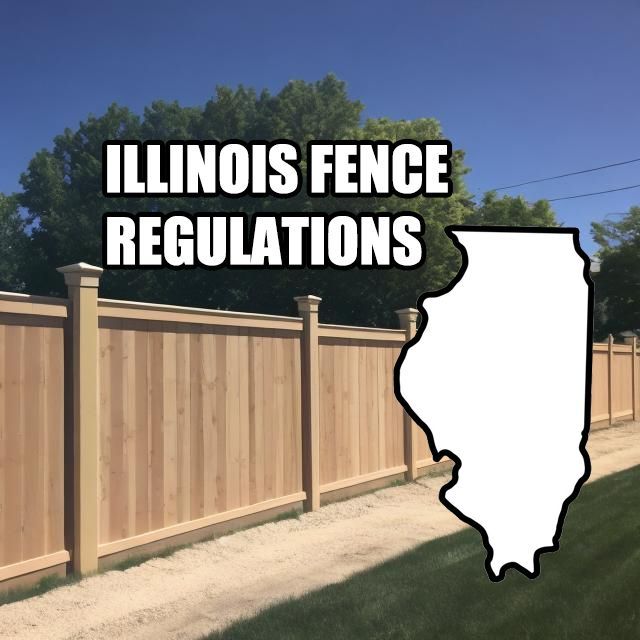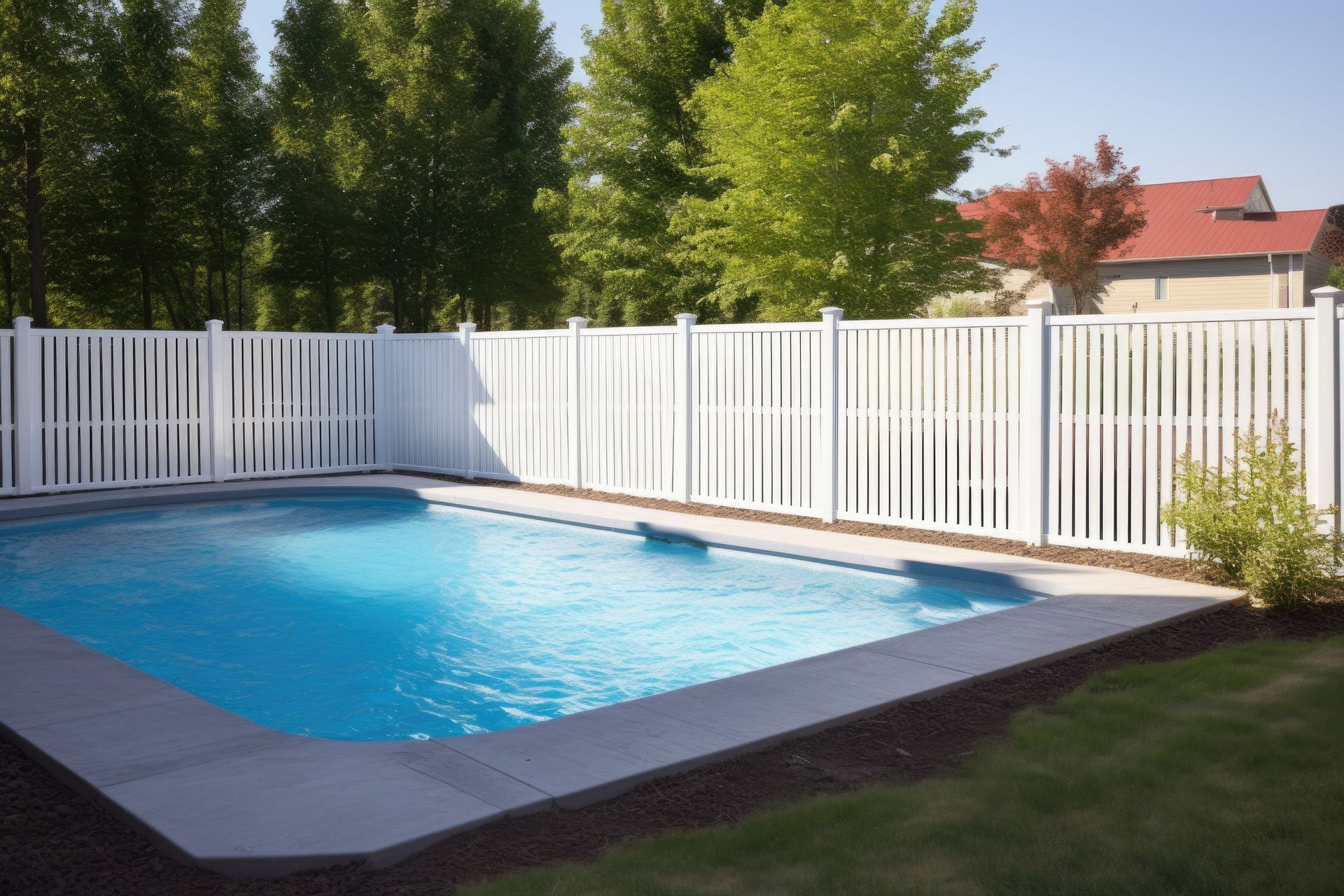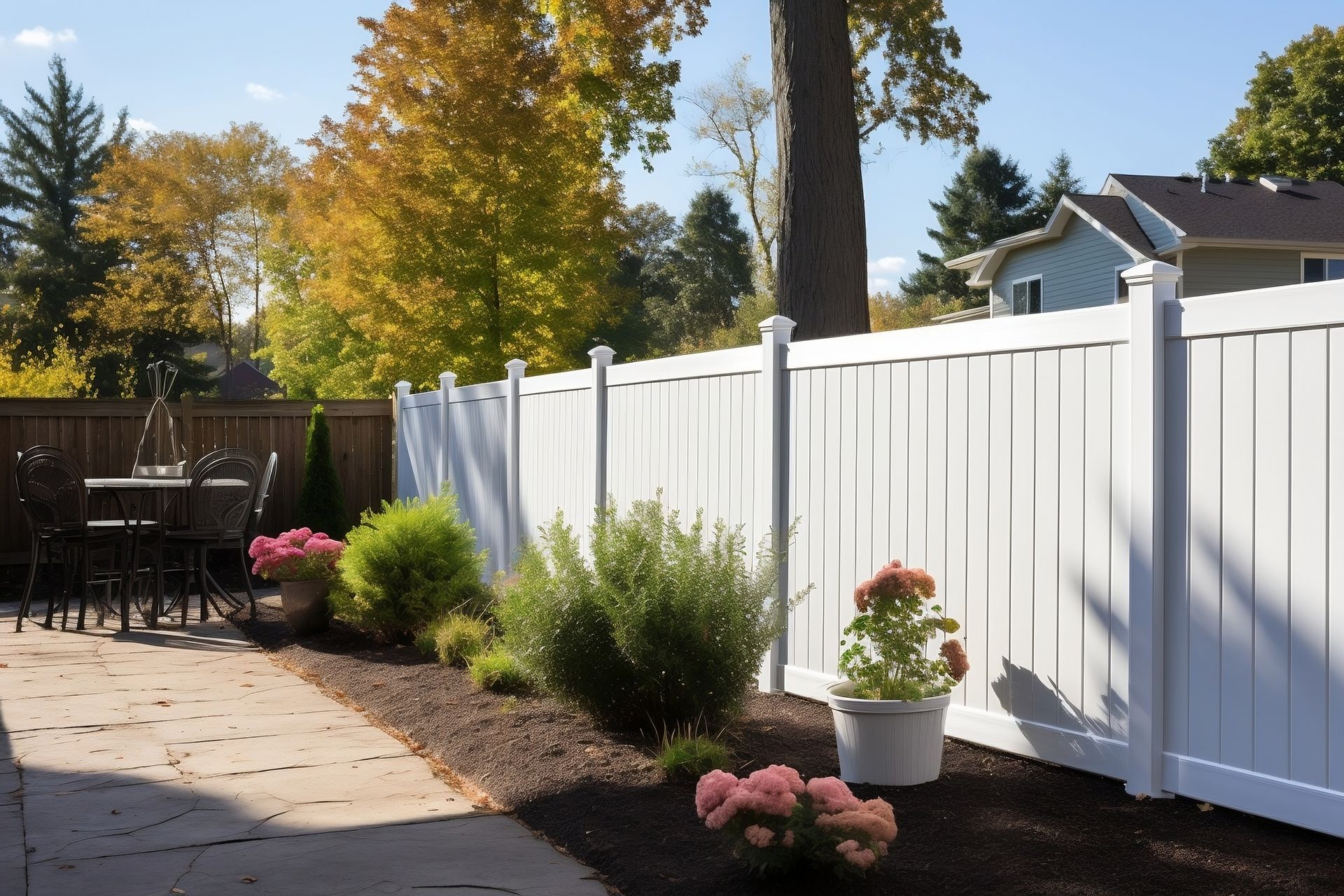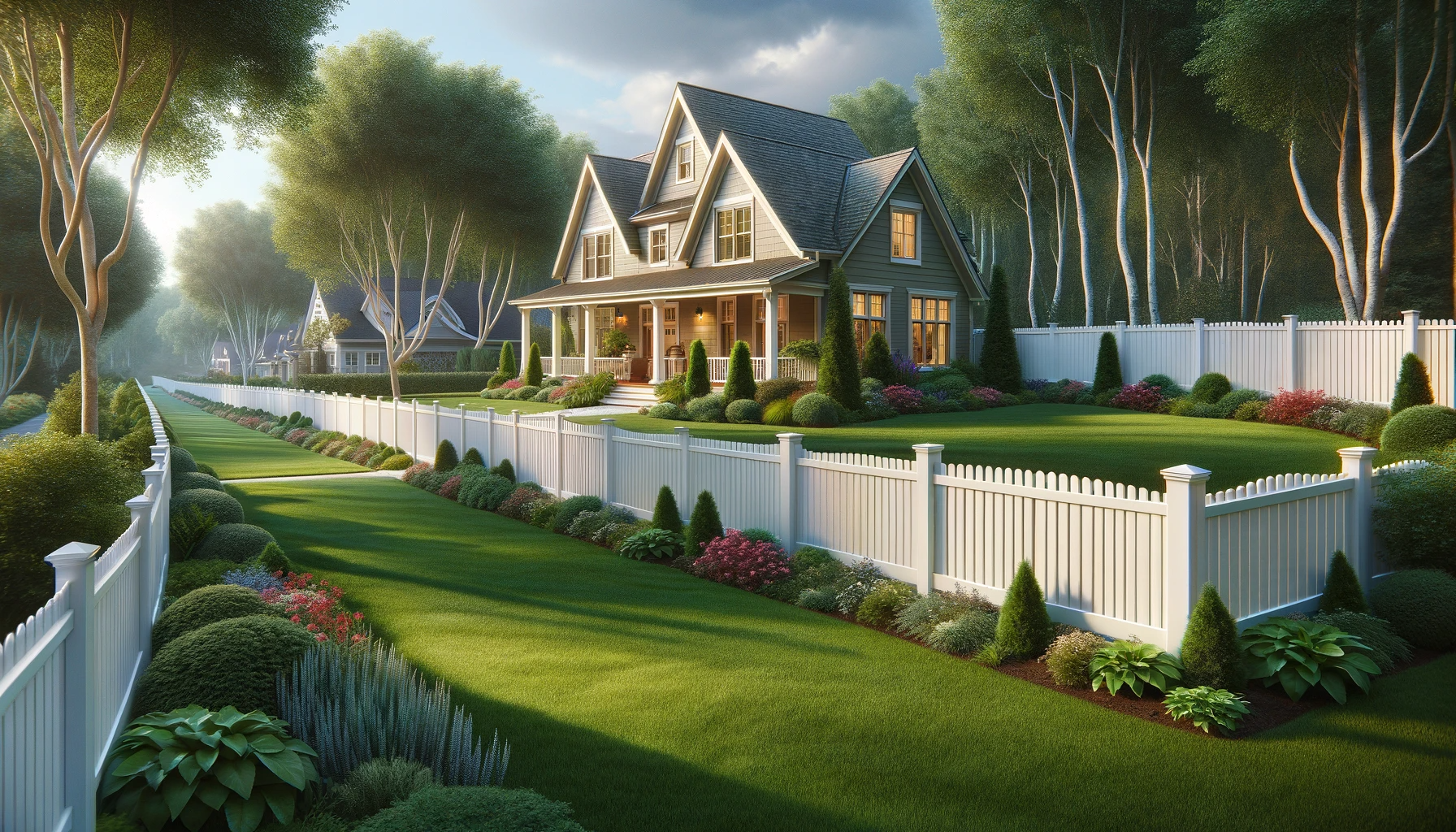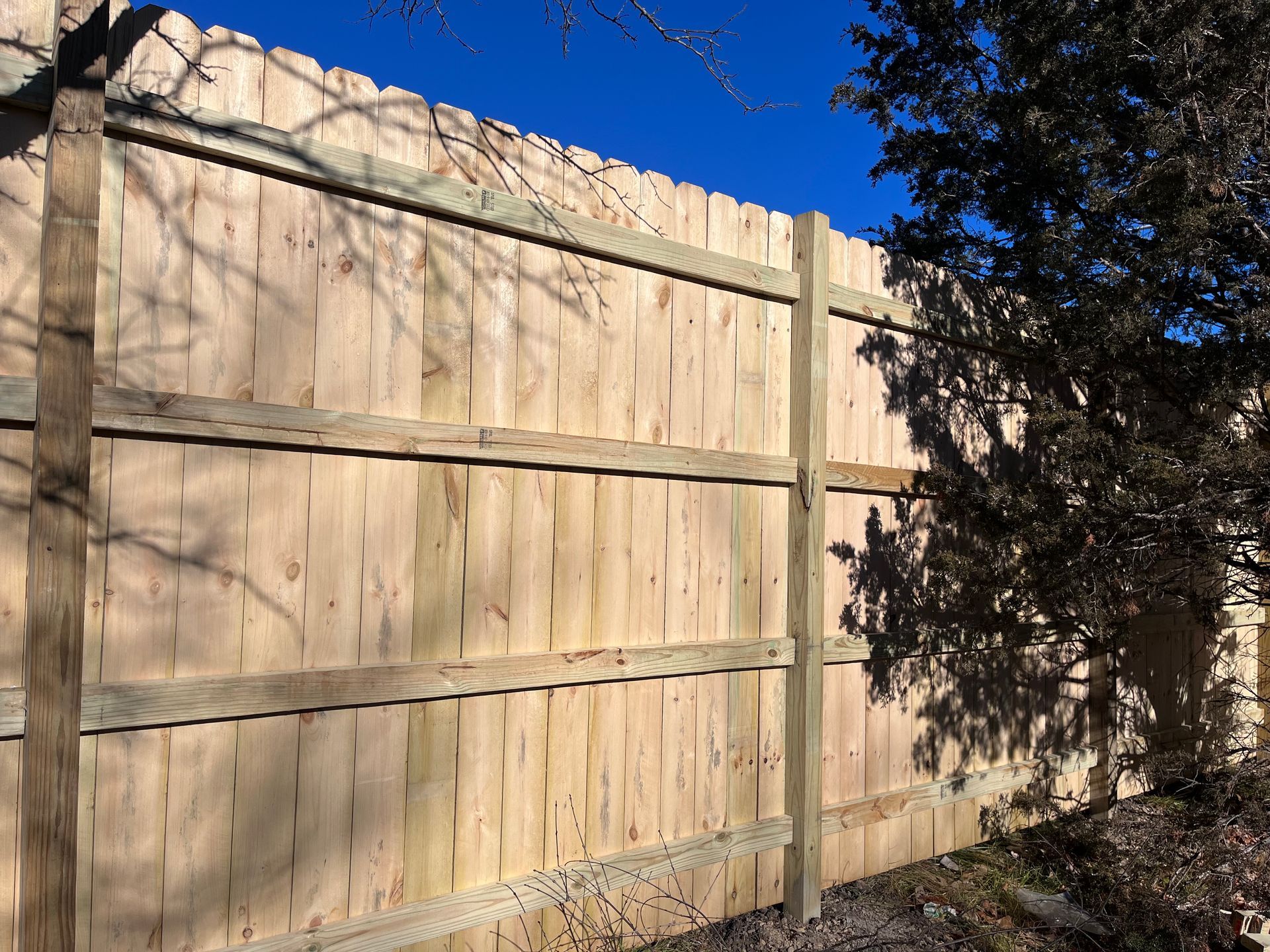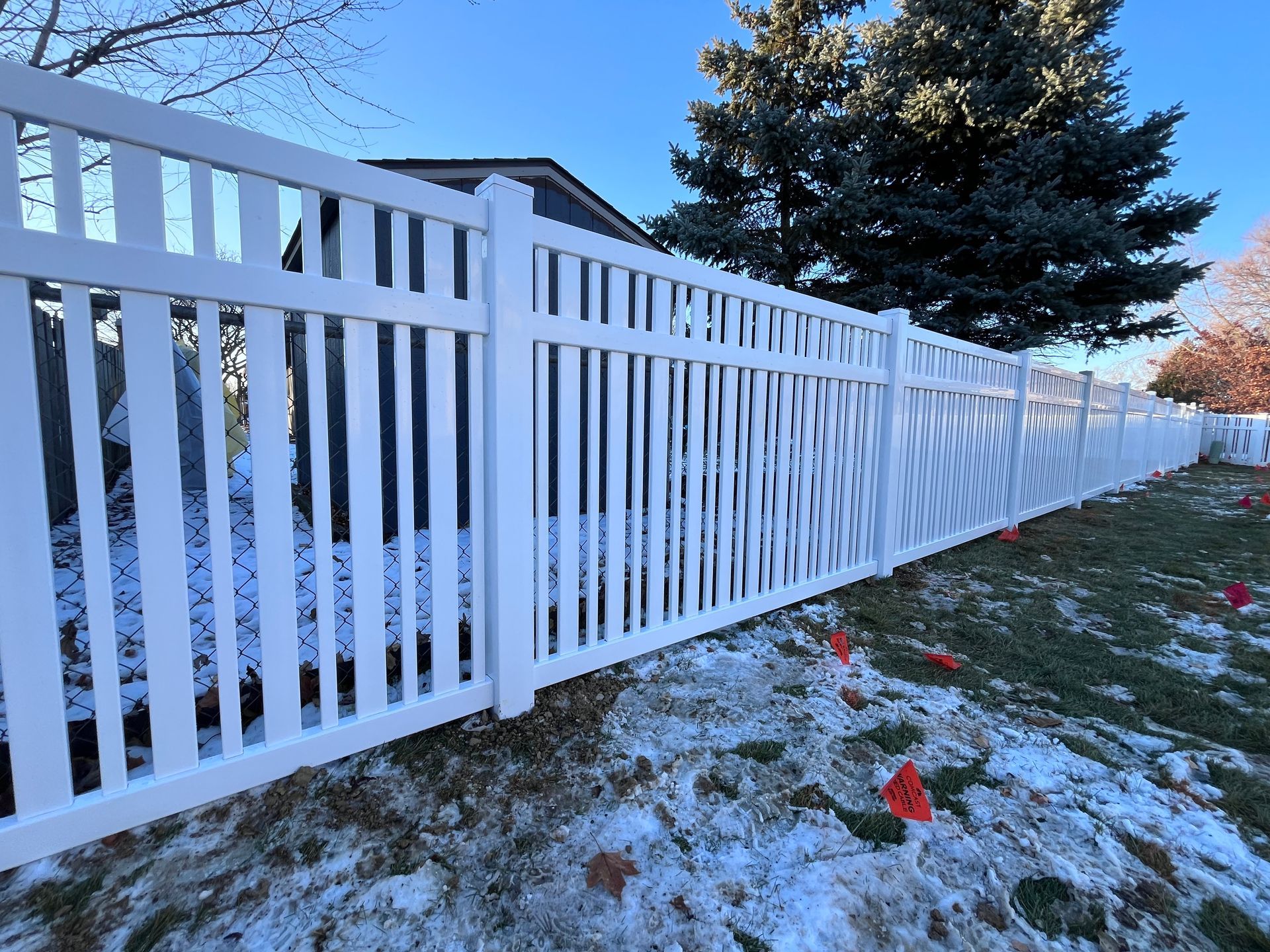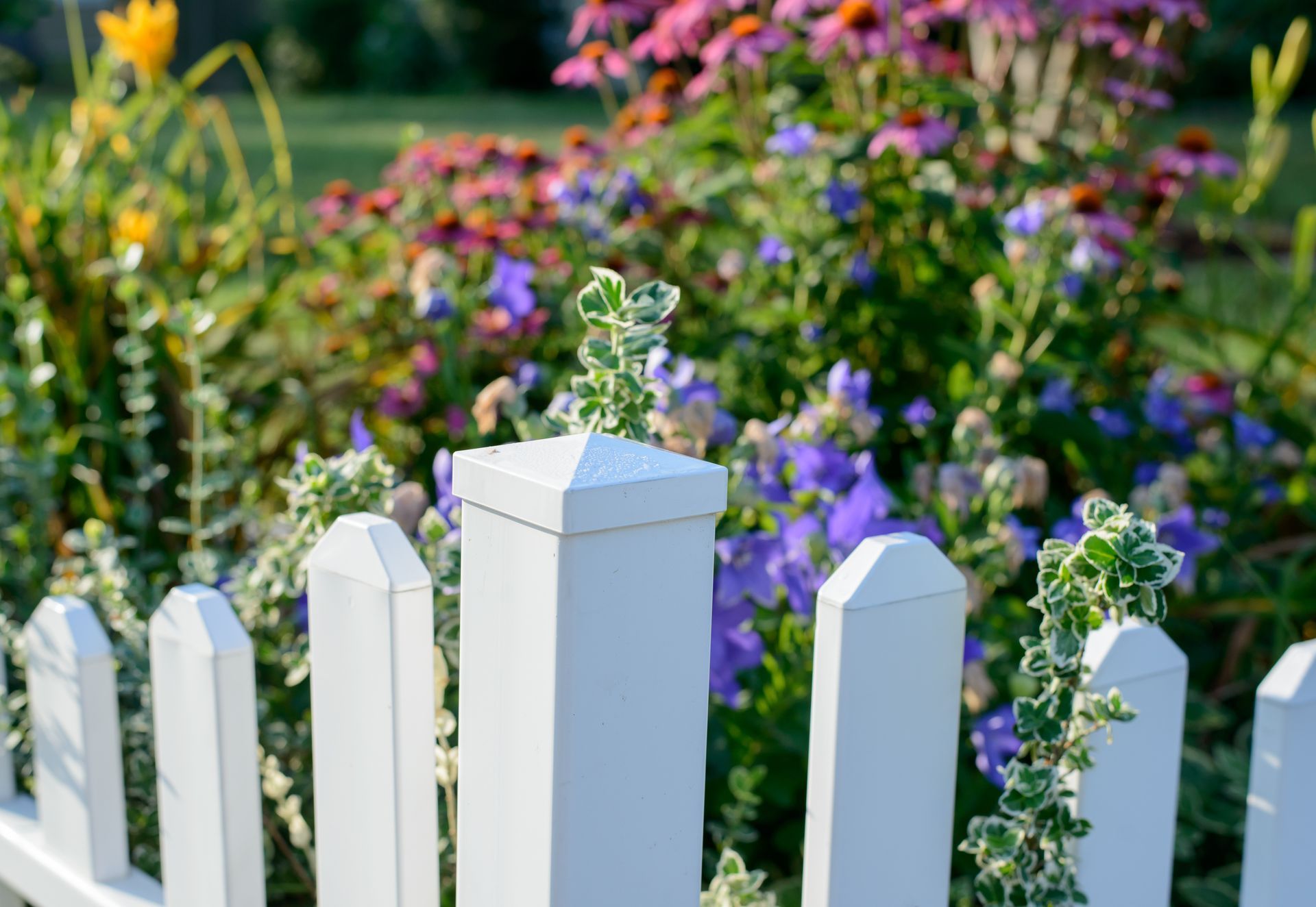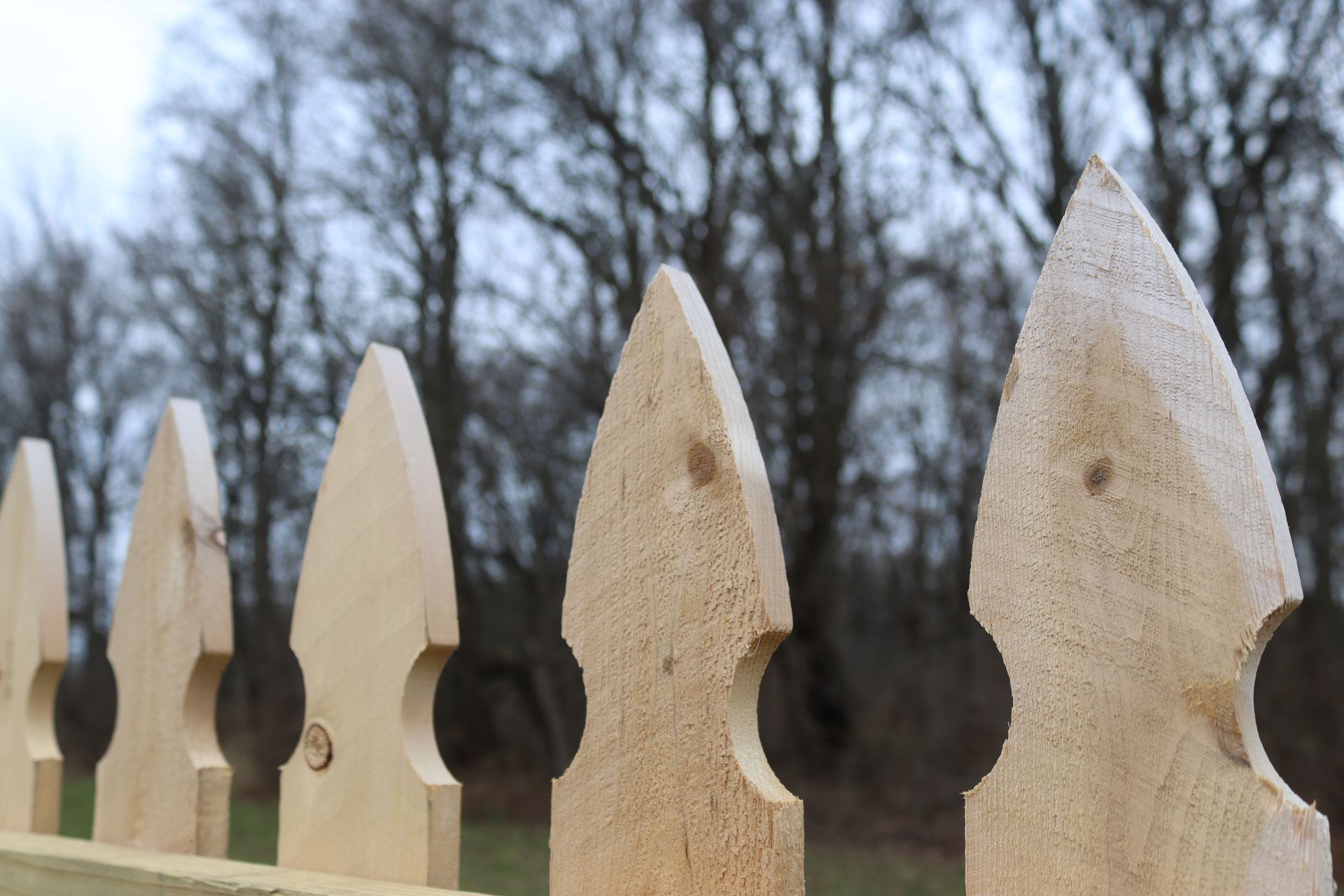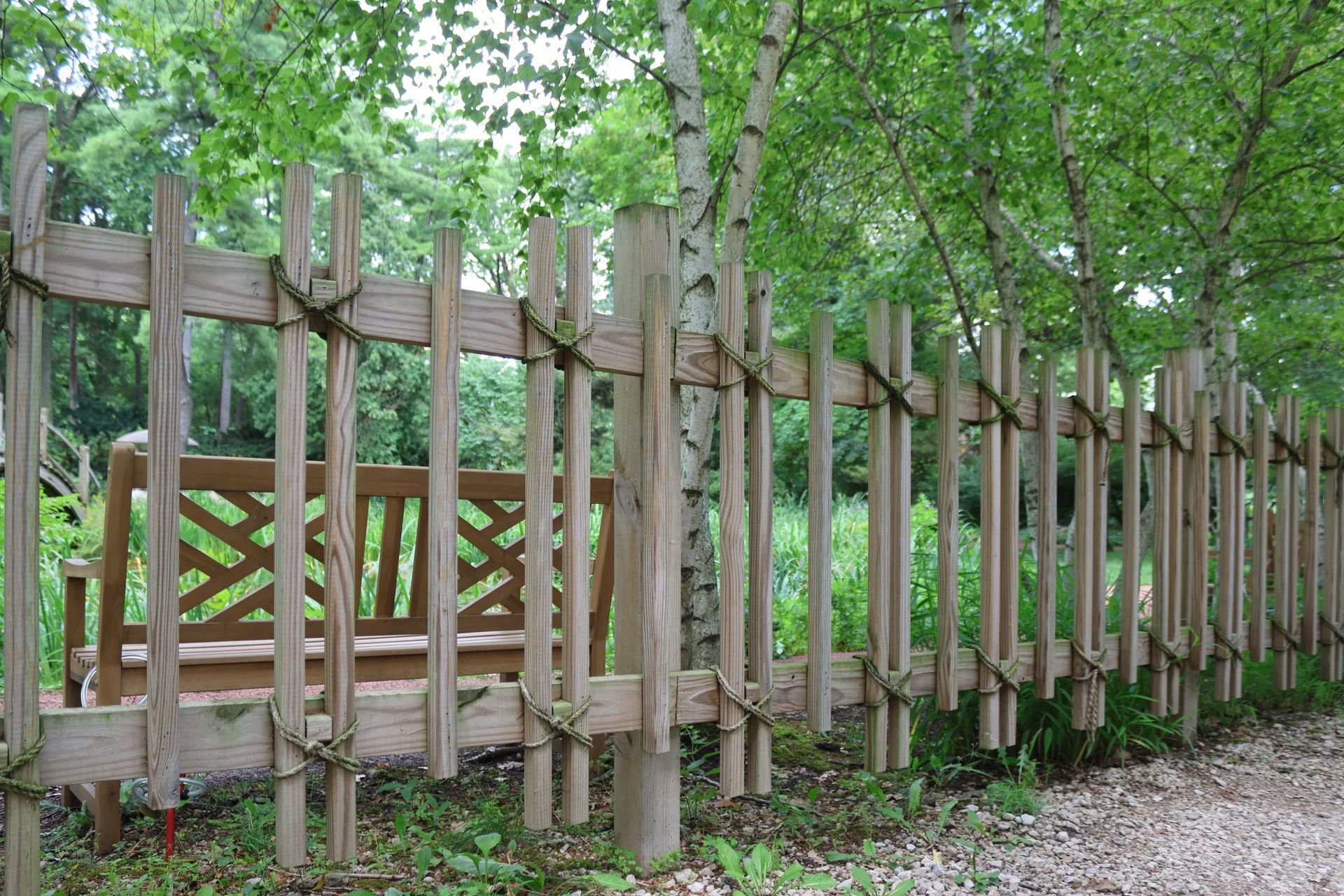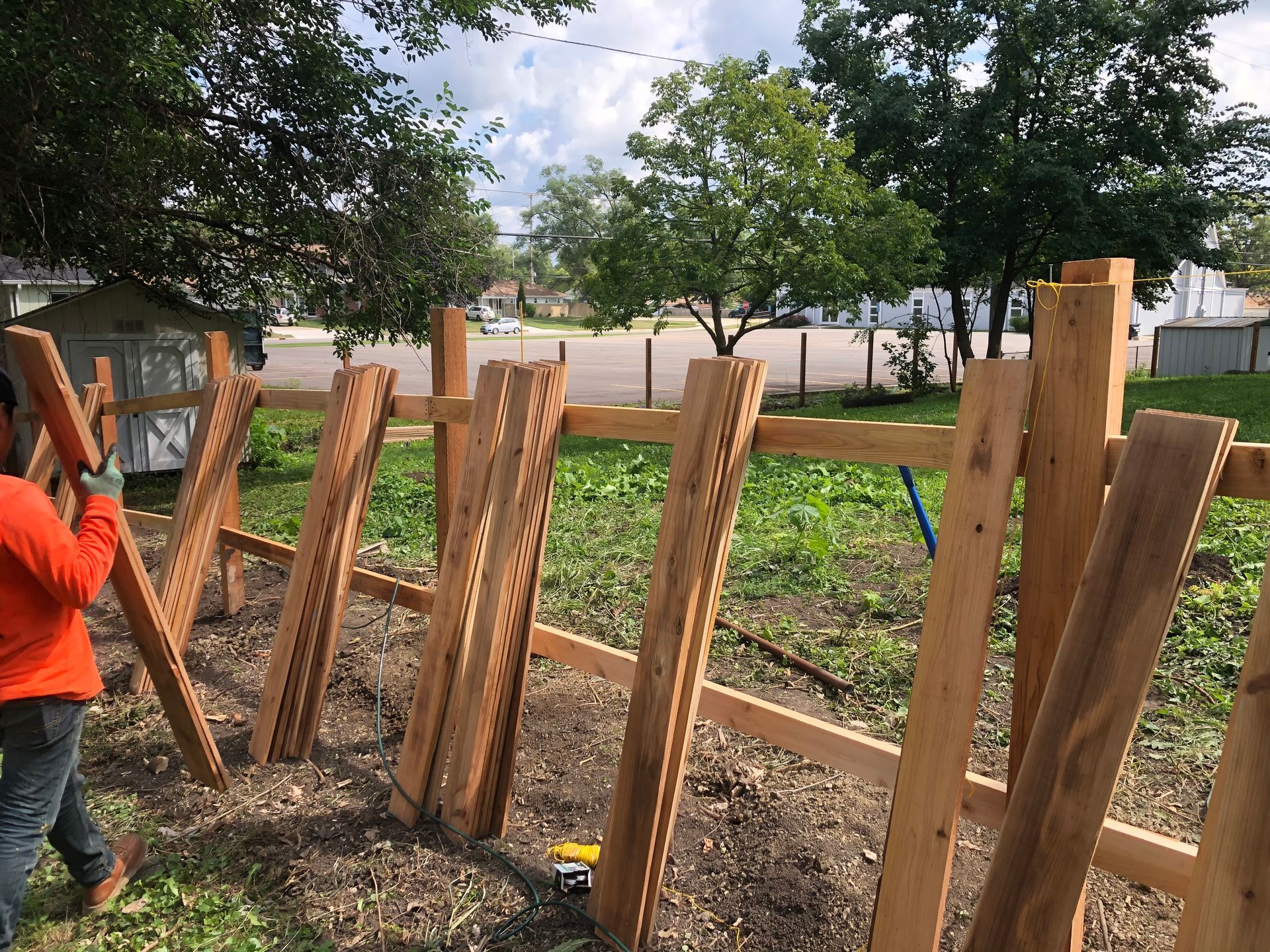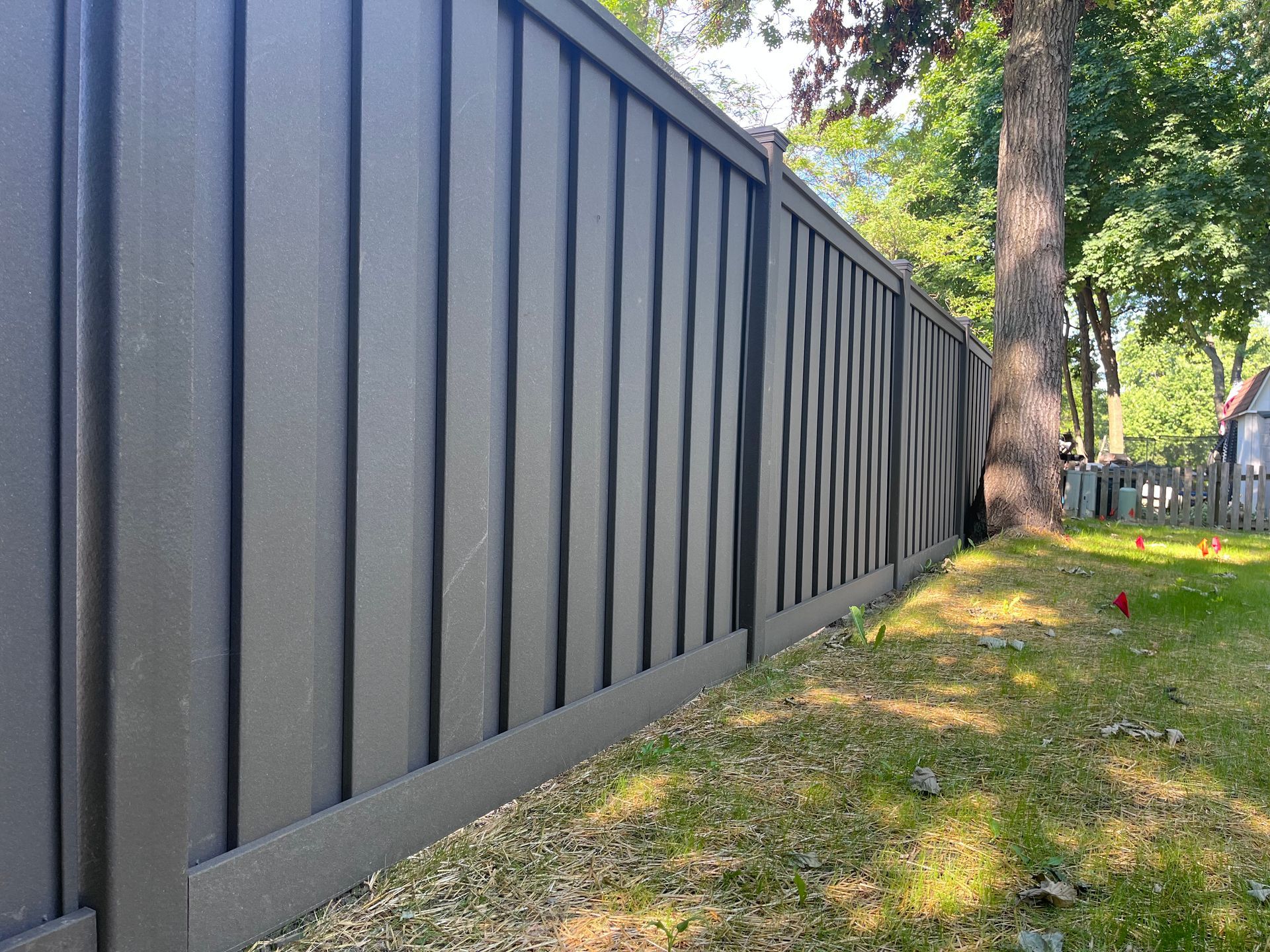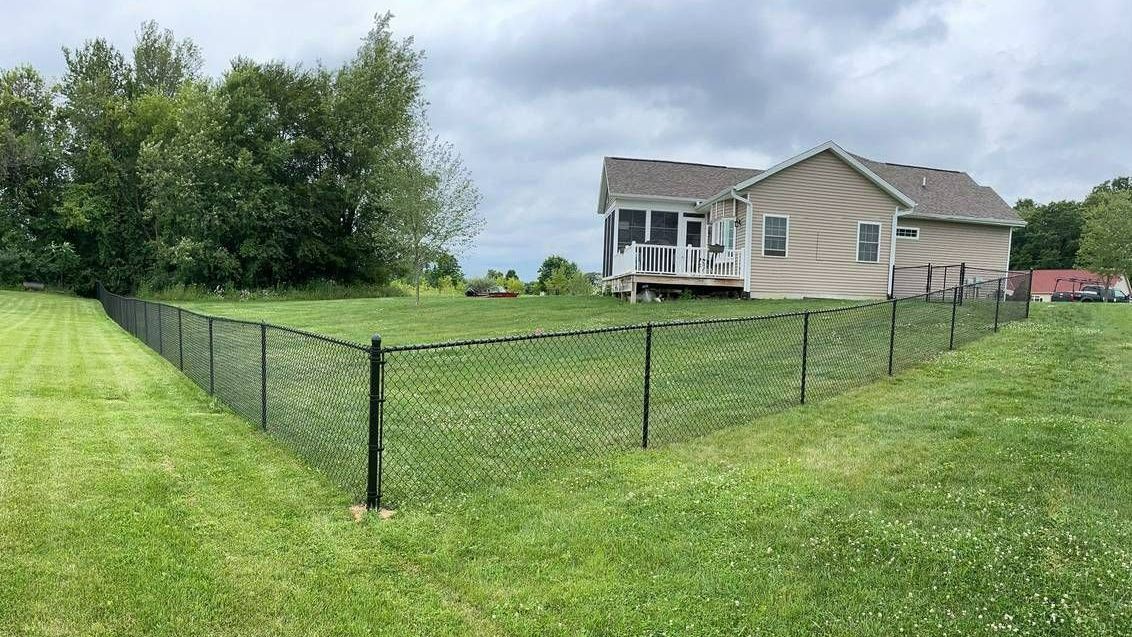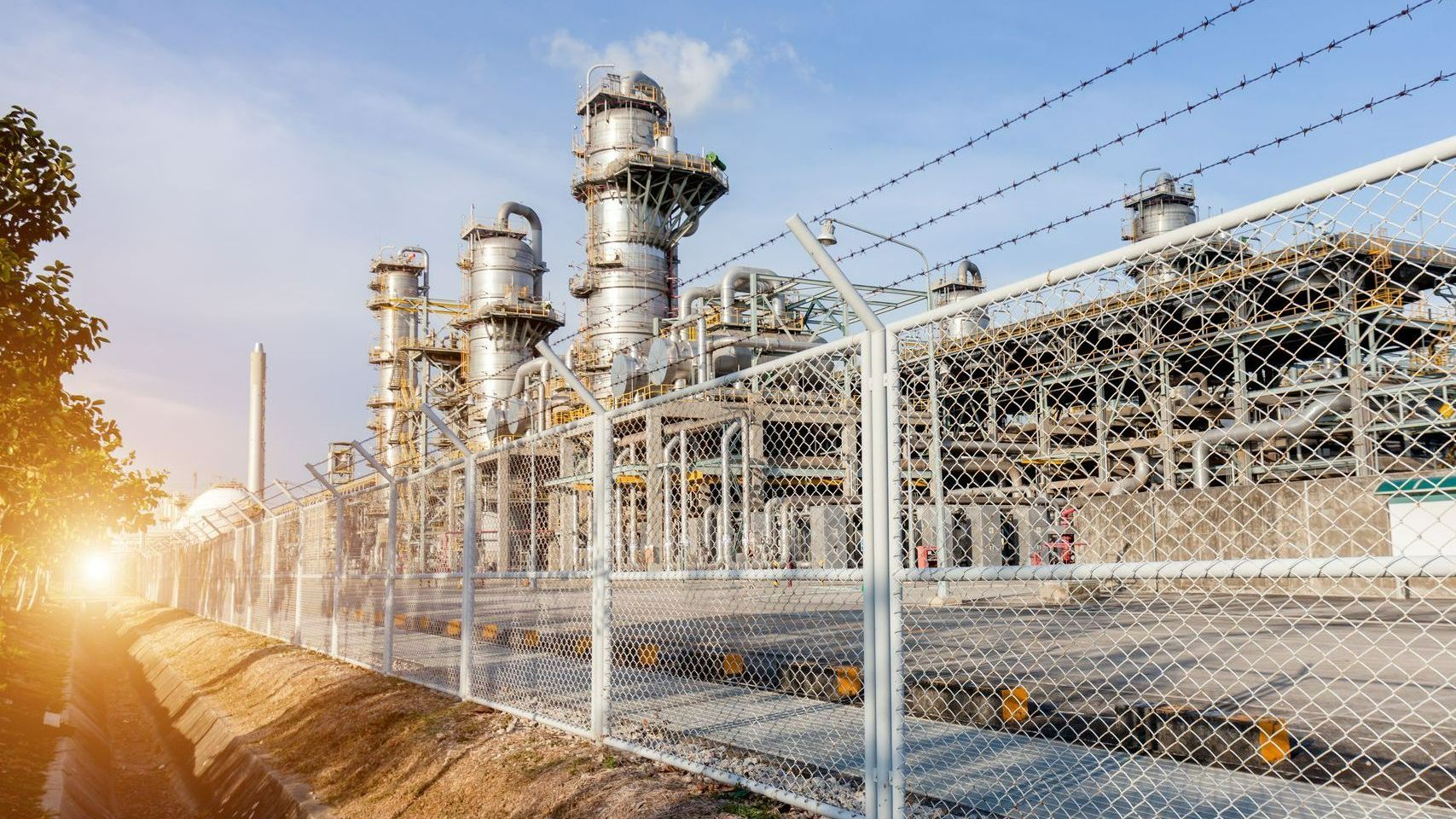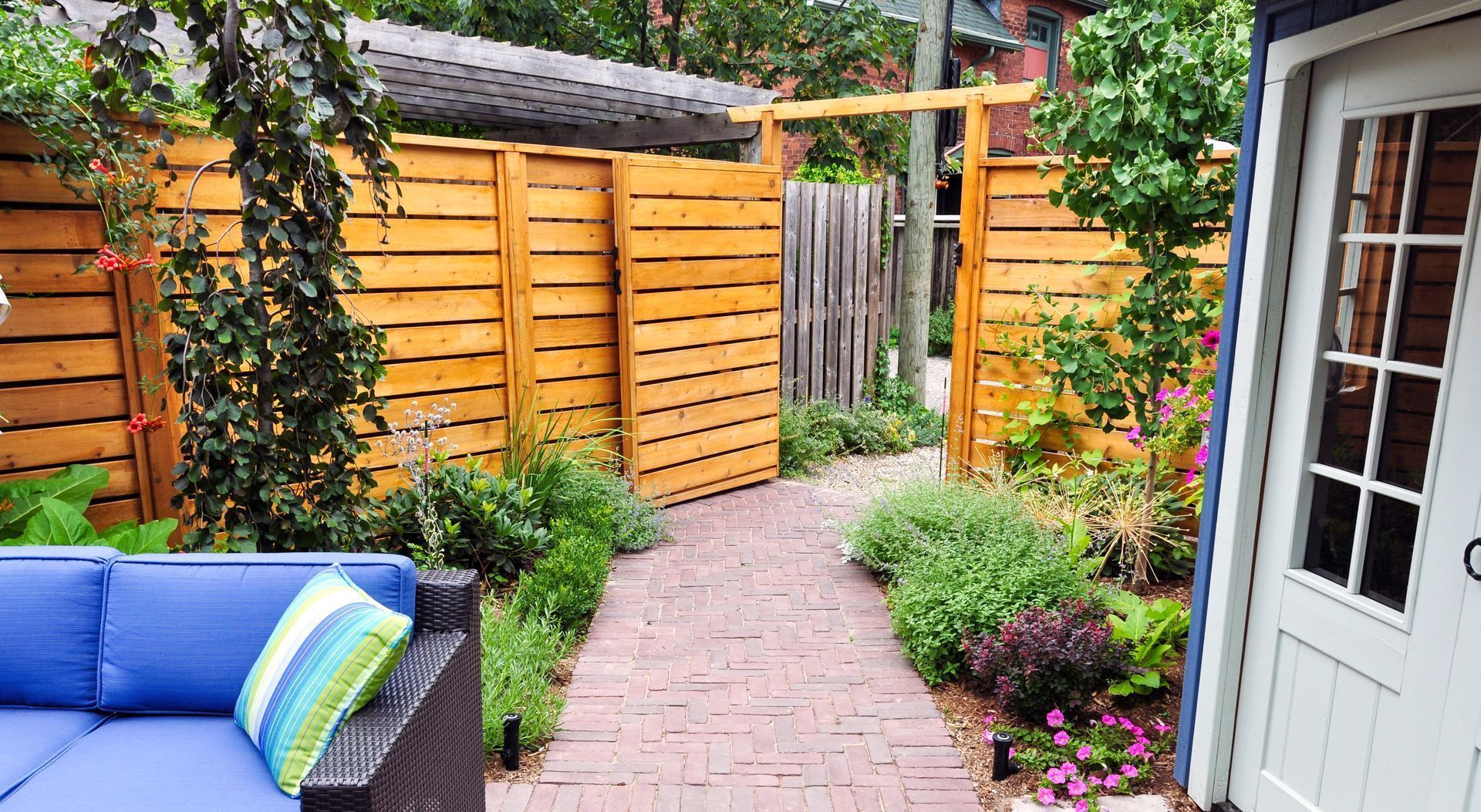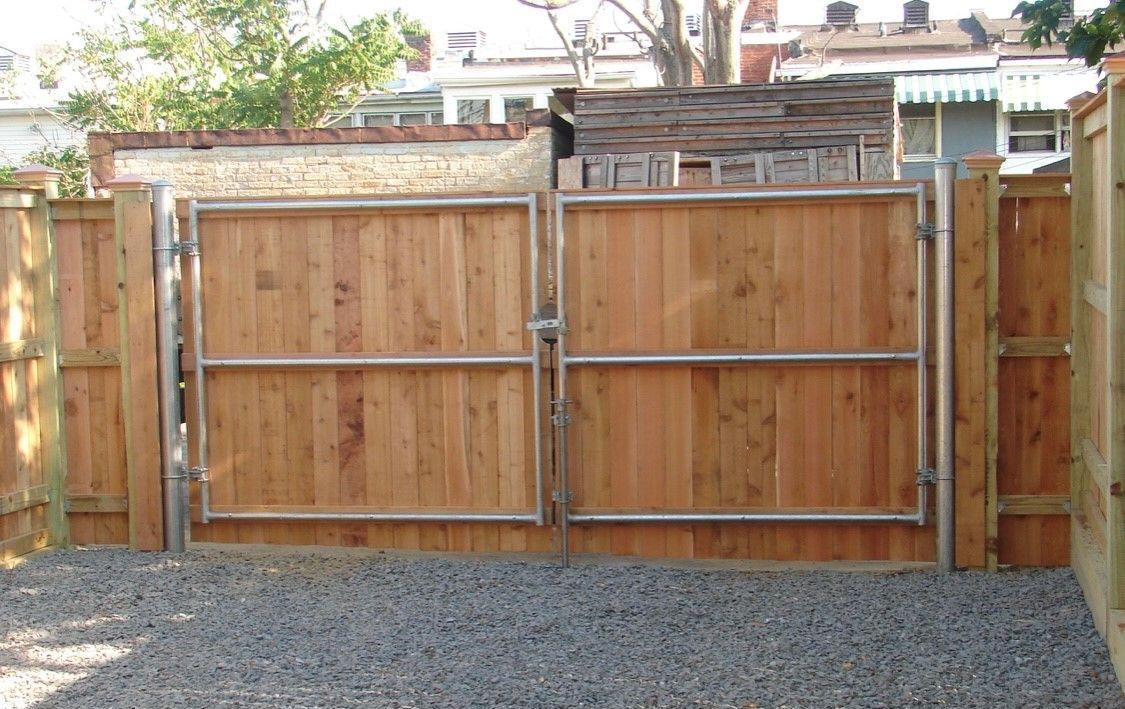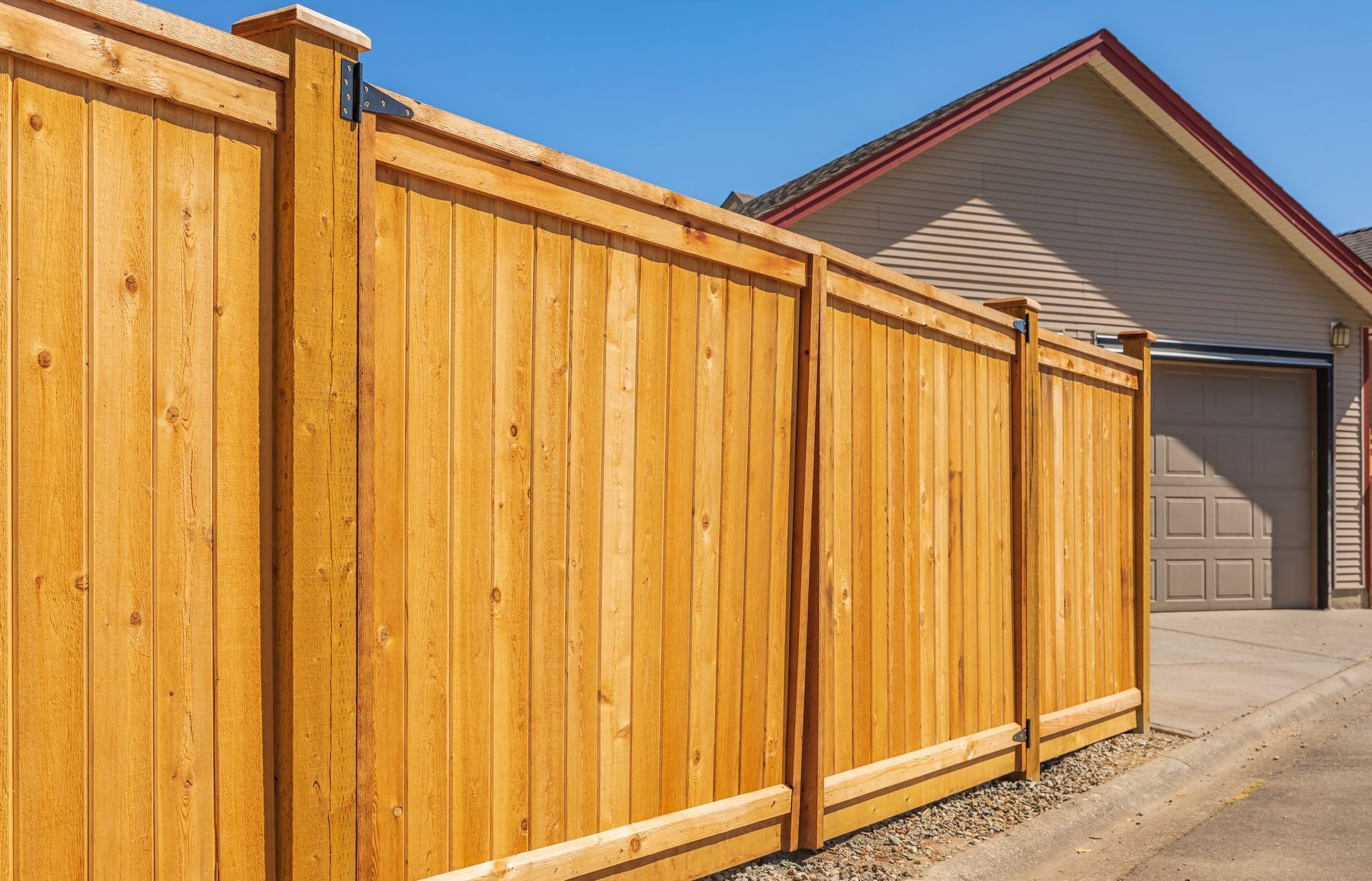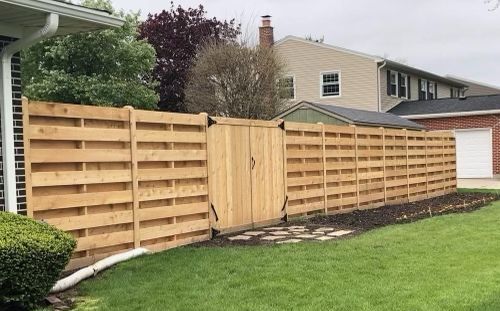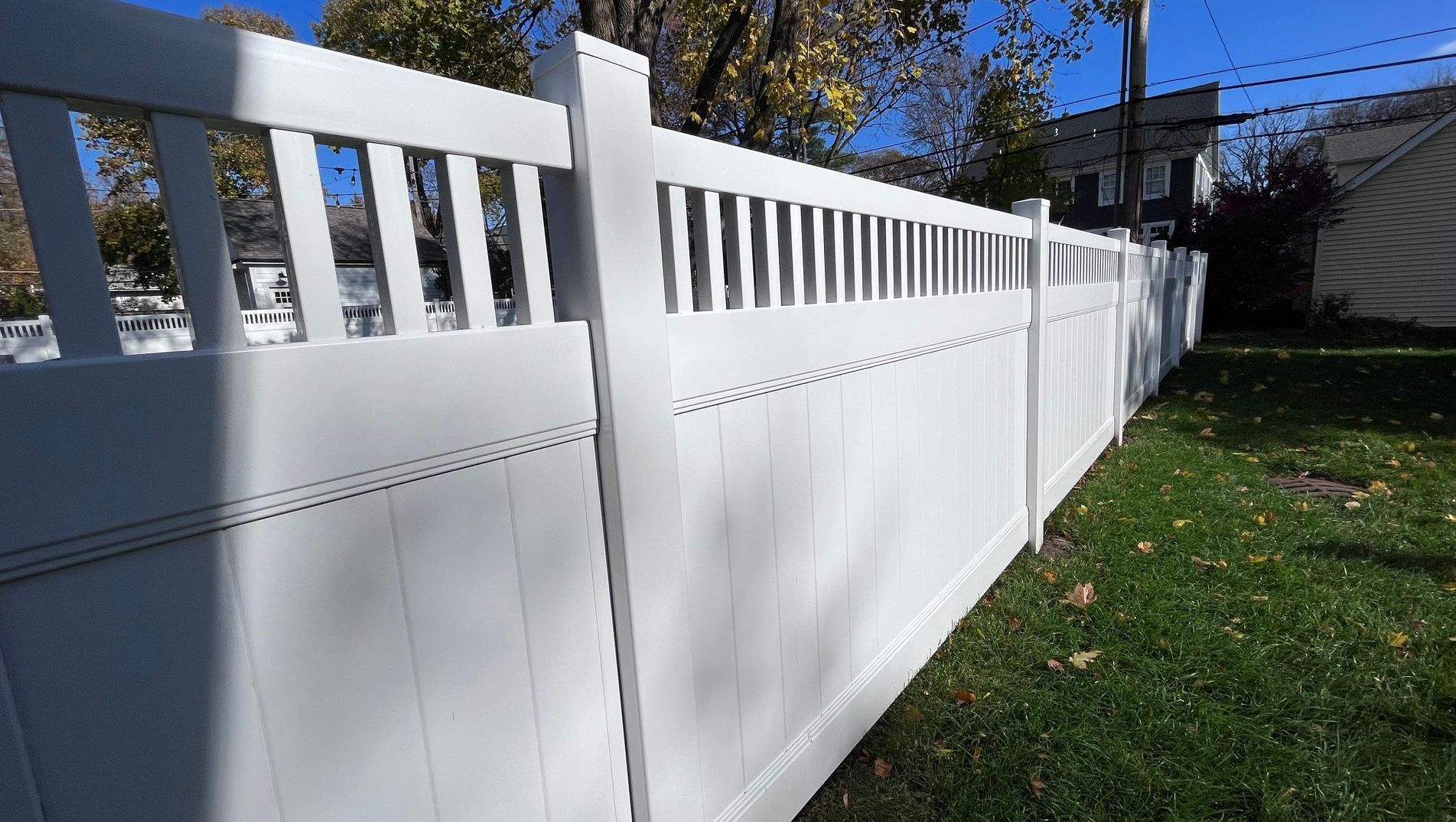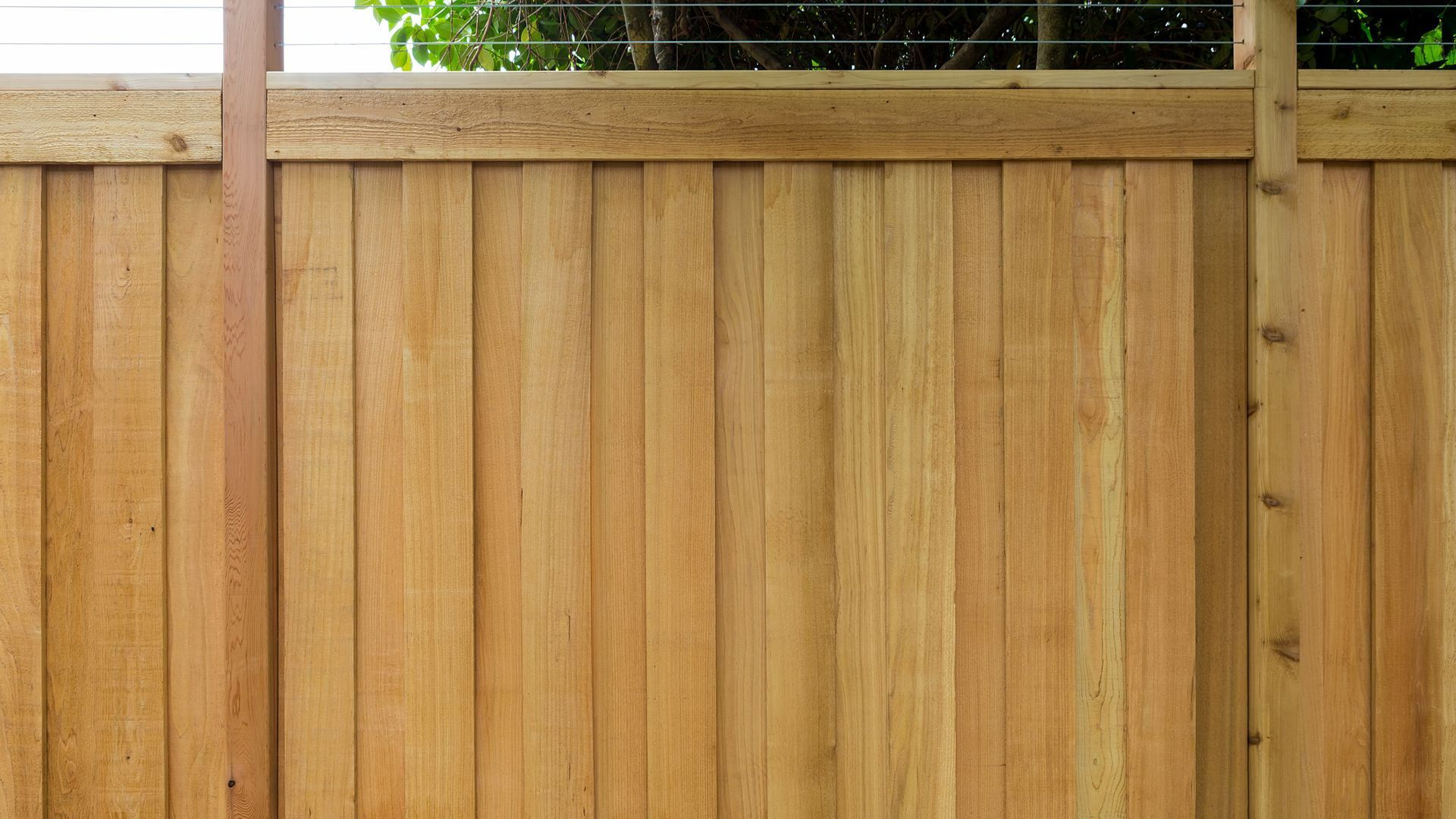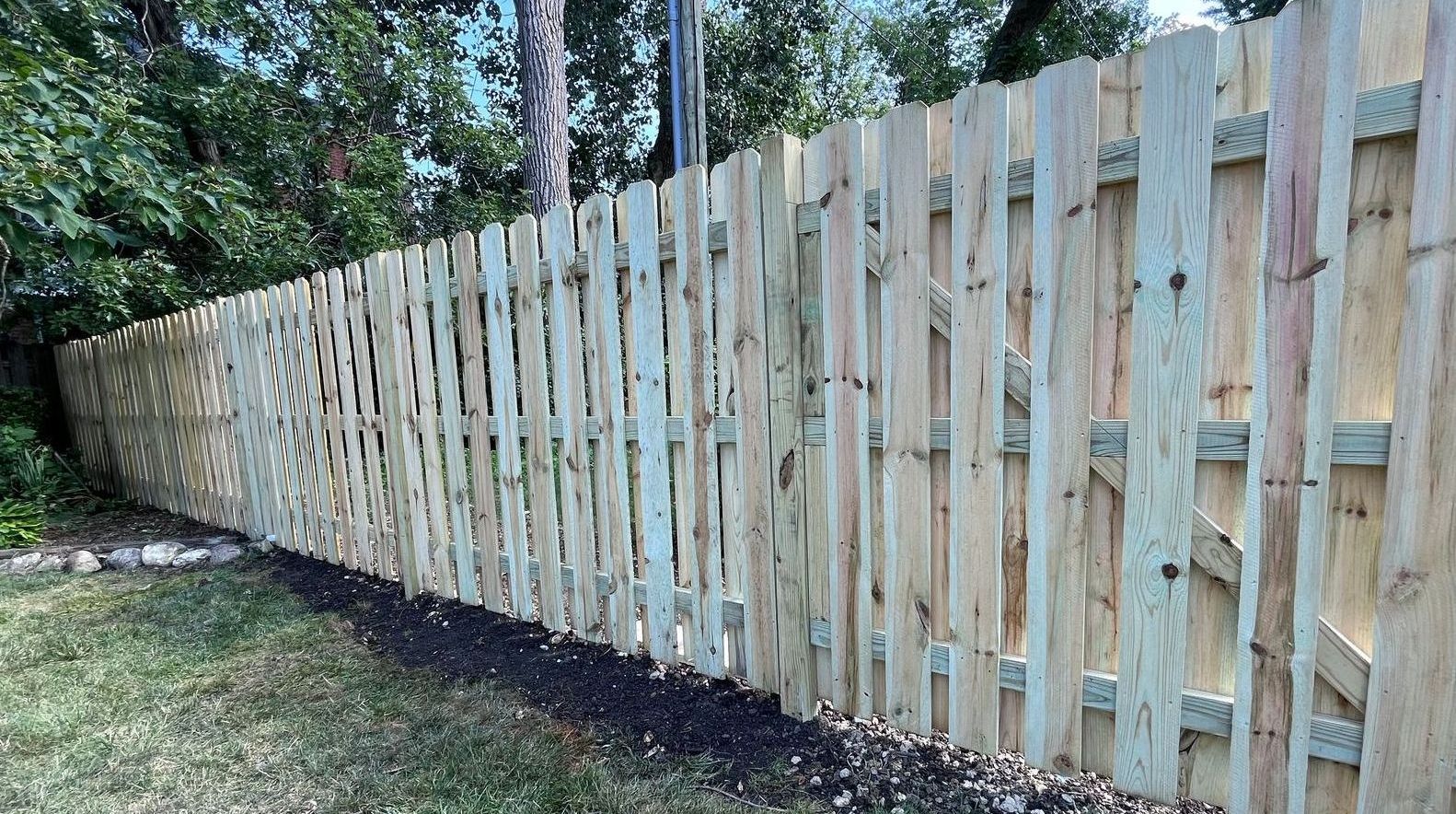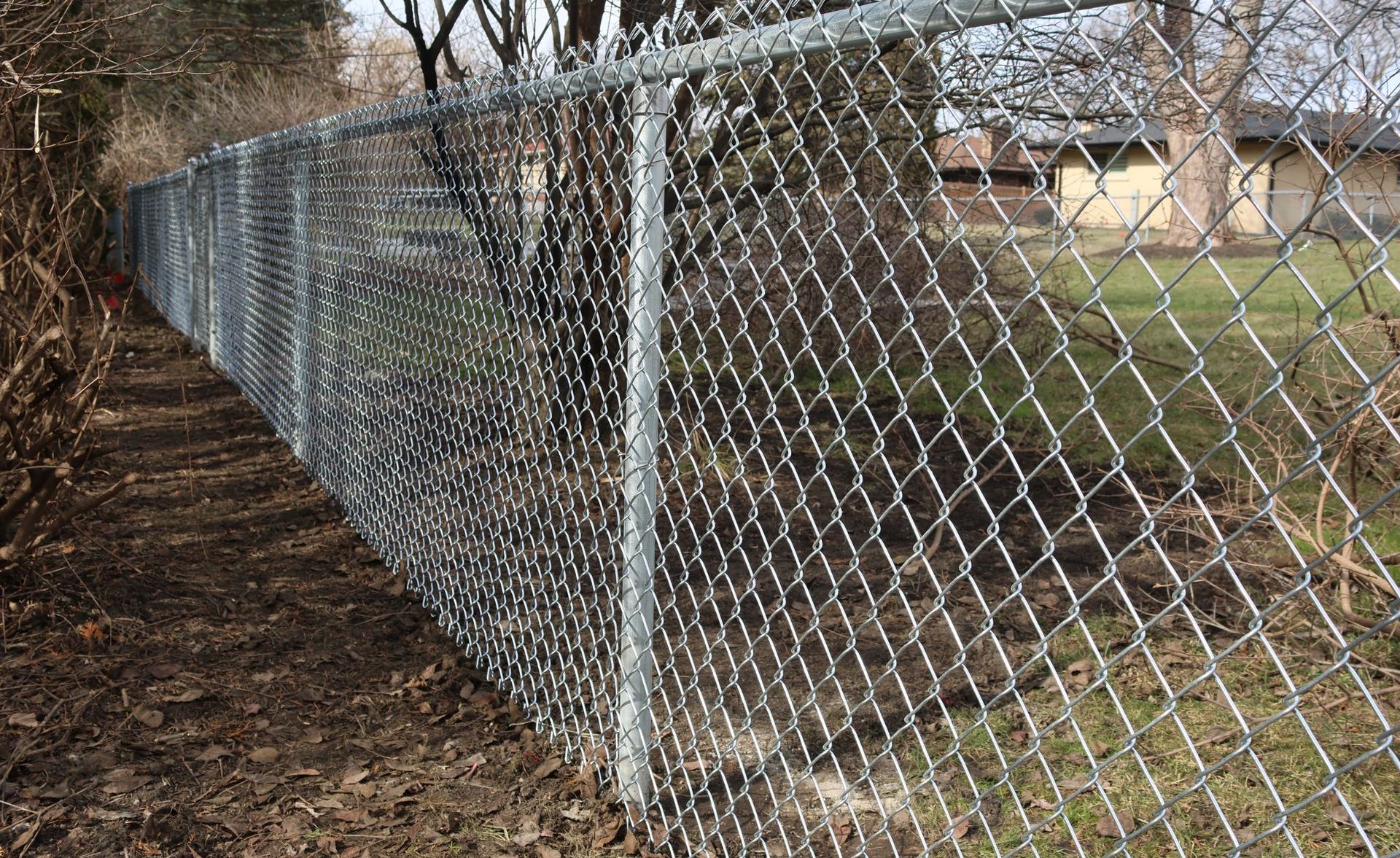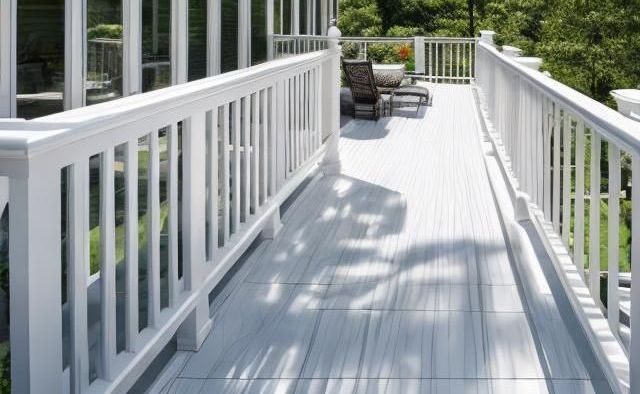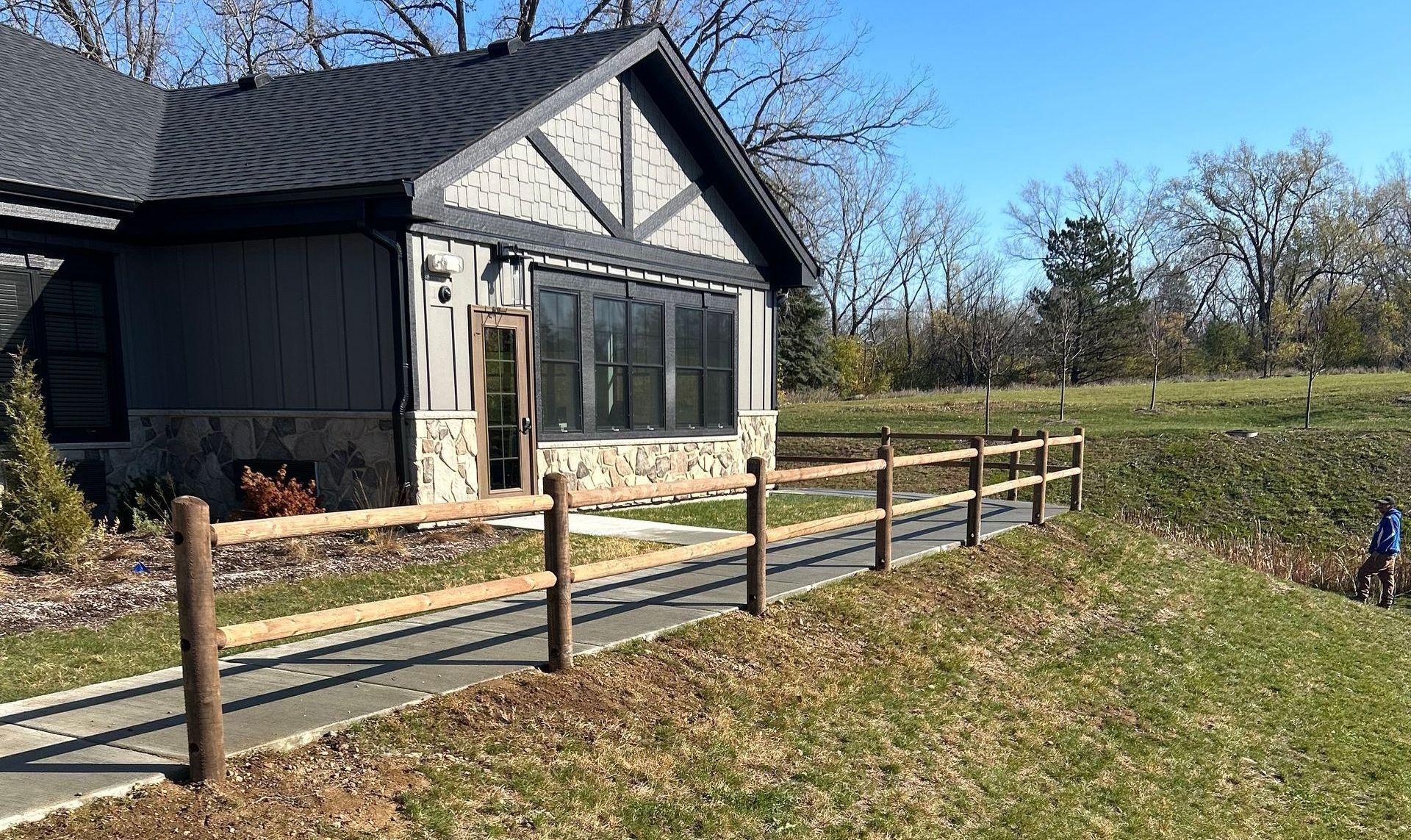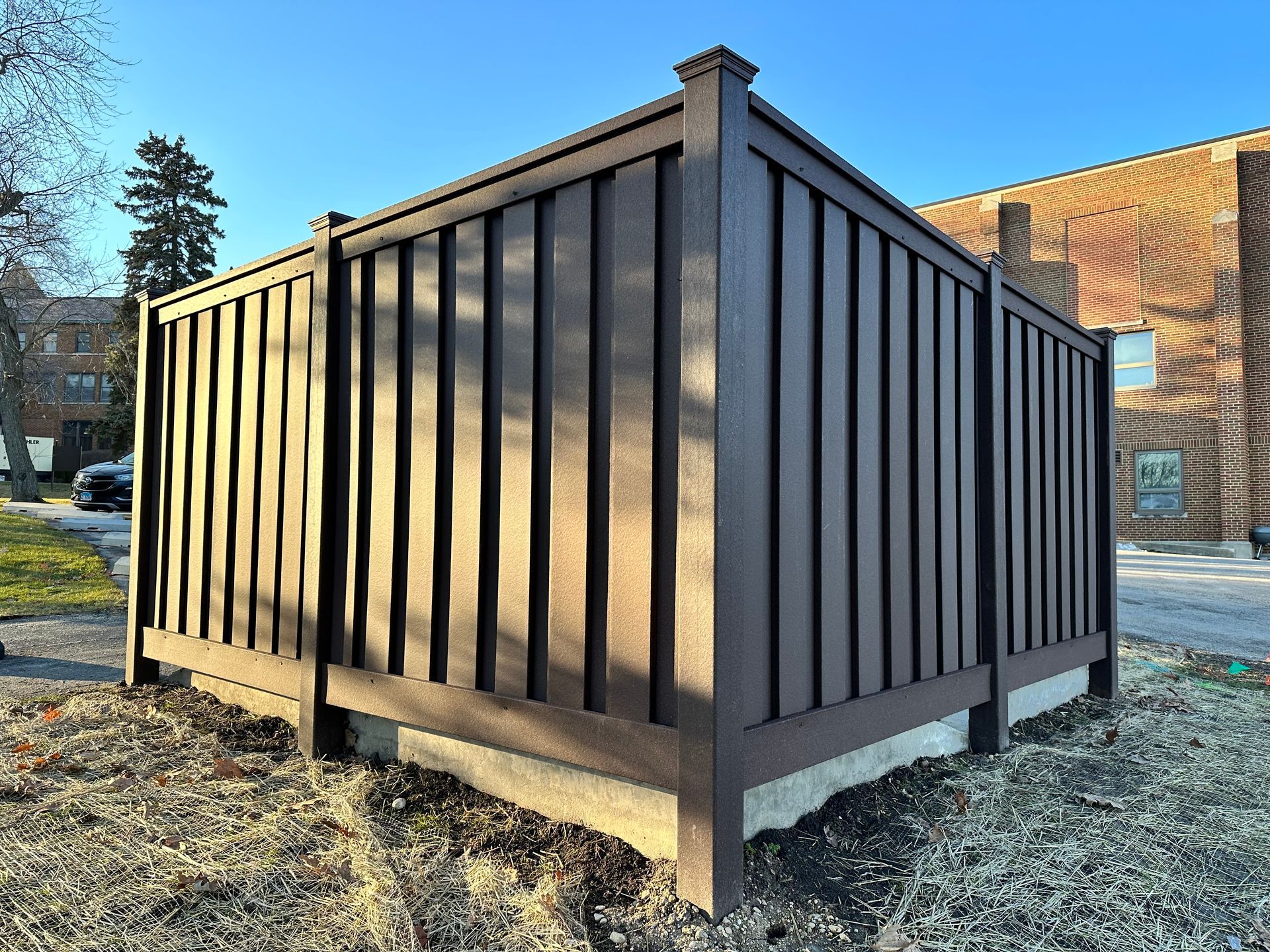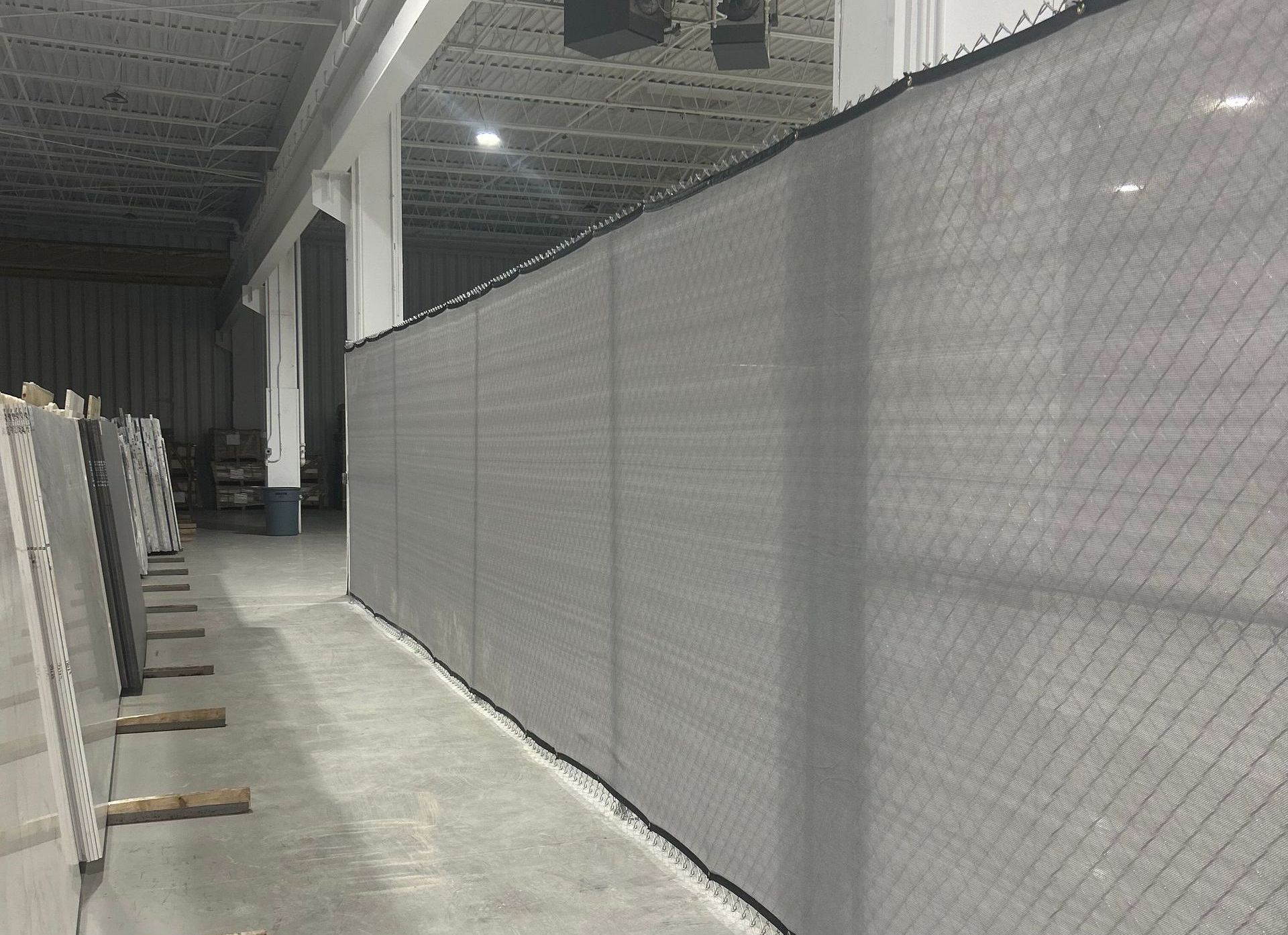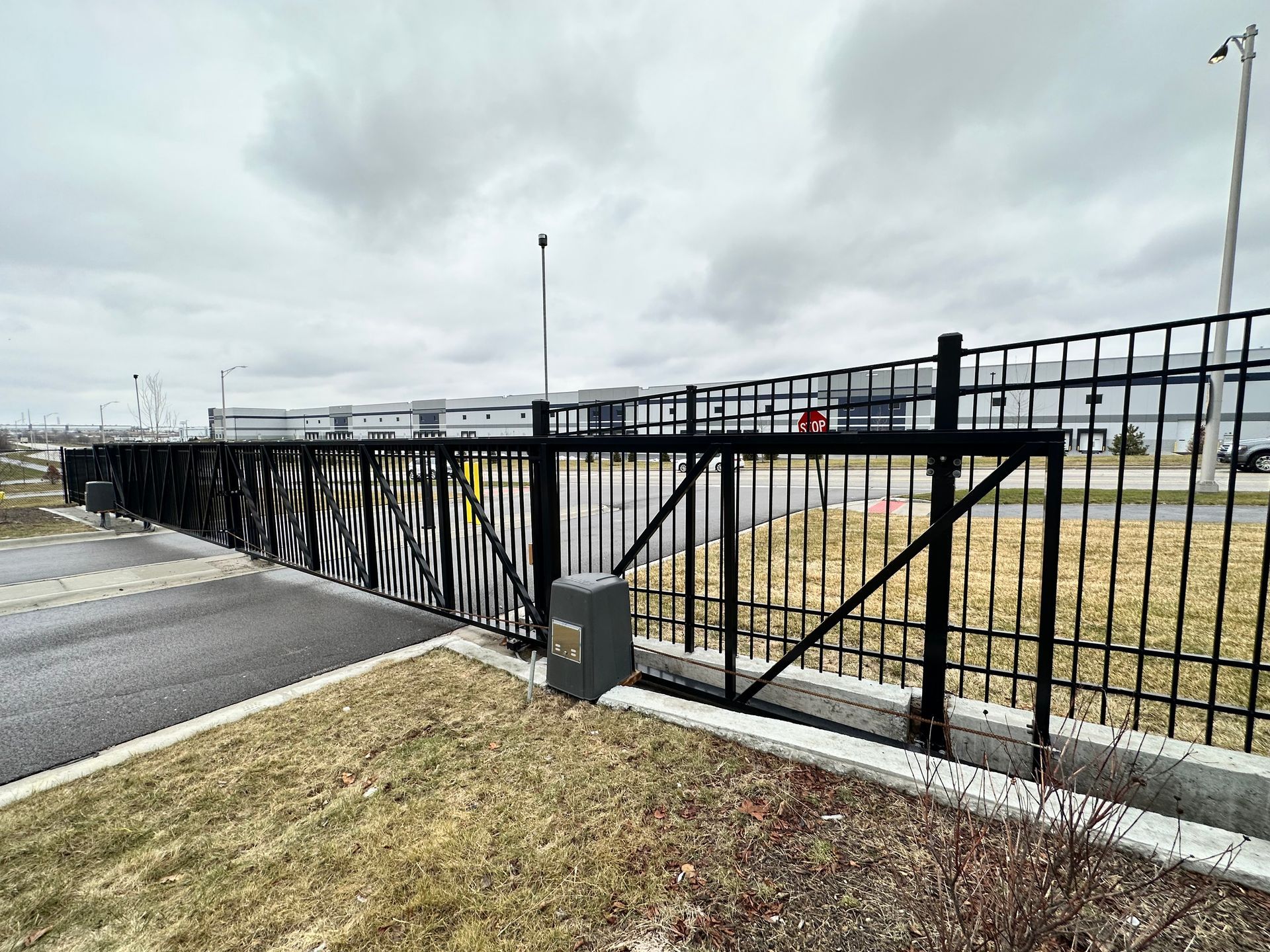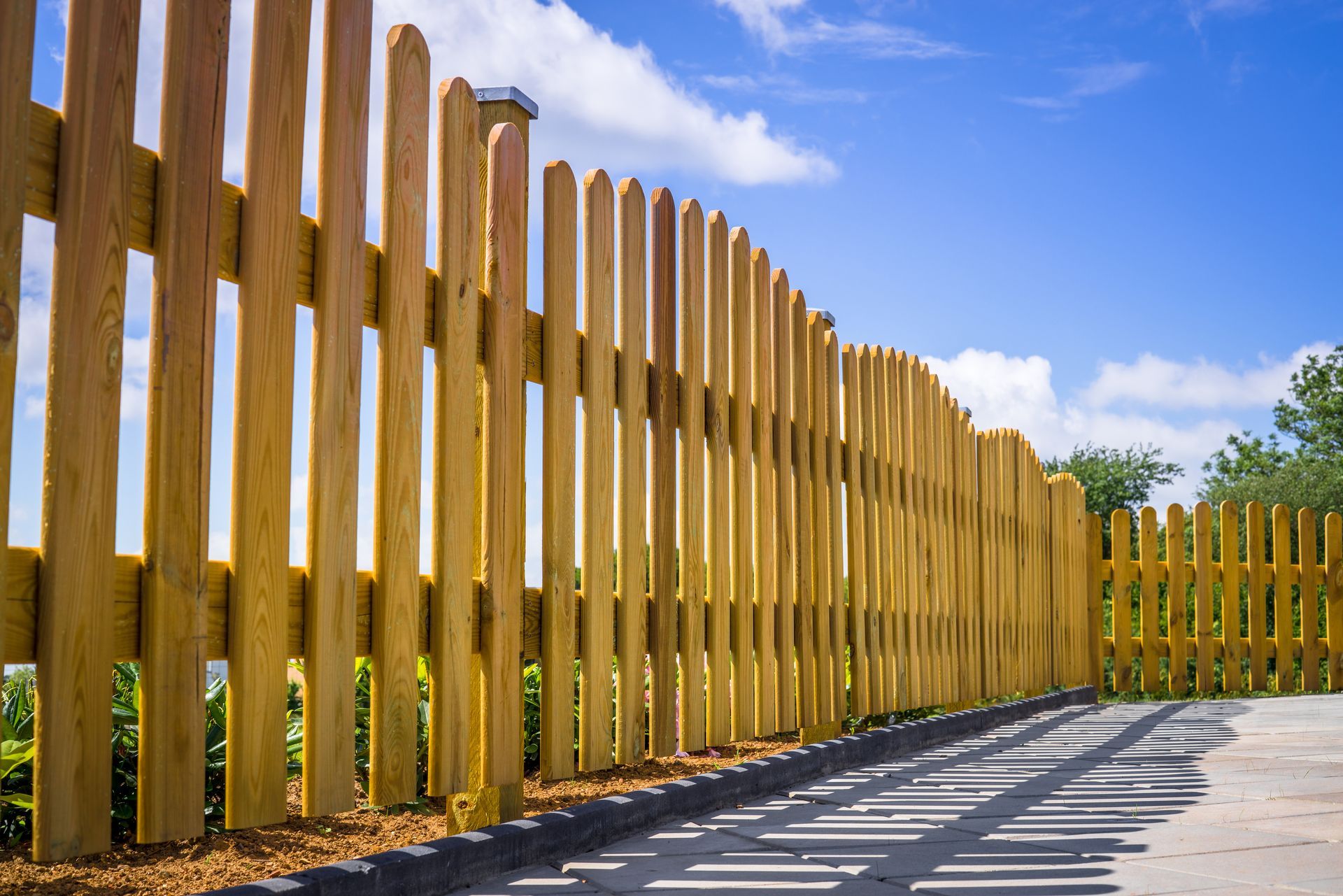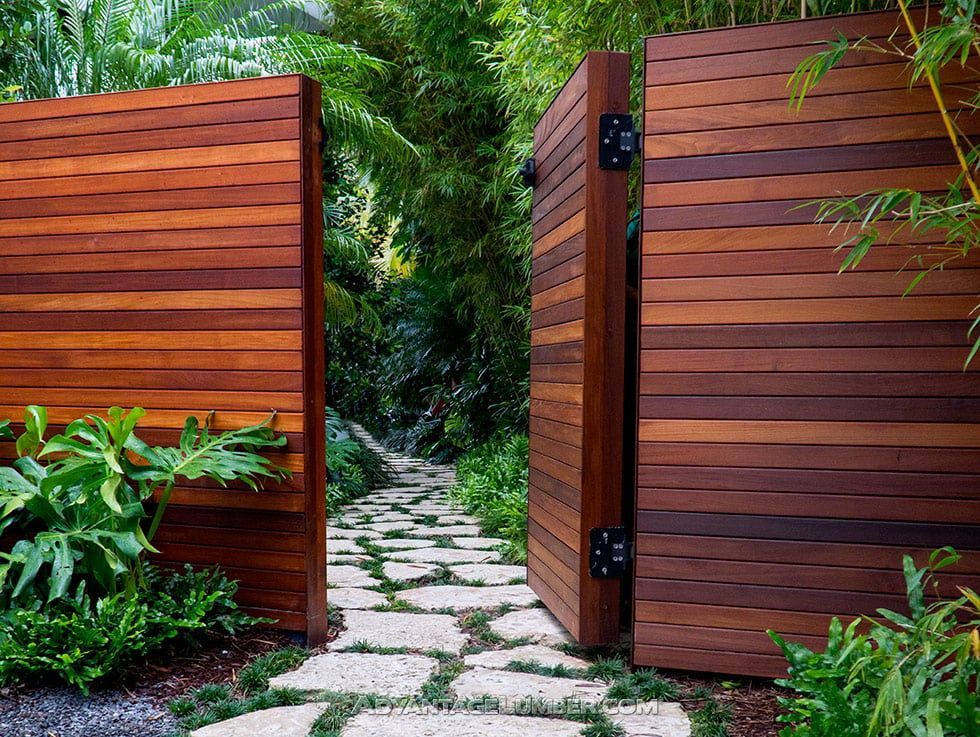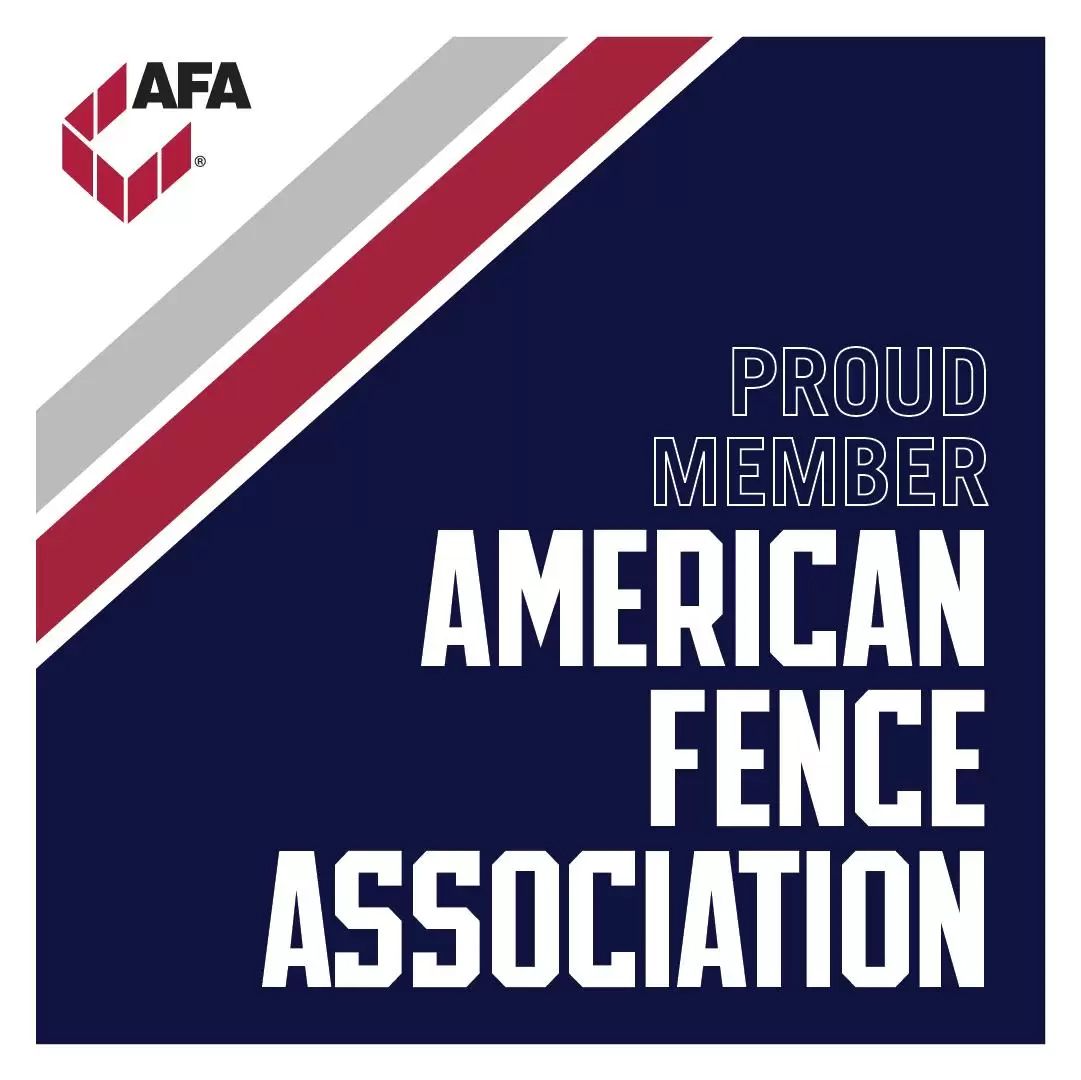The Ultimate Guide to Choosing the Right Fence for Your Home
With a plethora of fence material & style options, what works best?
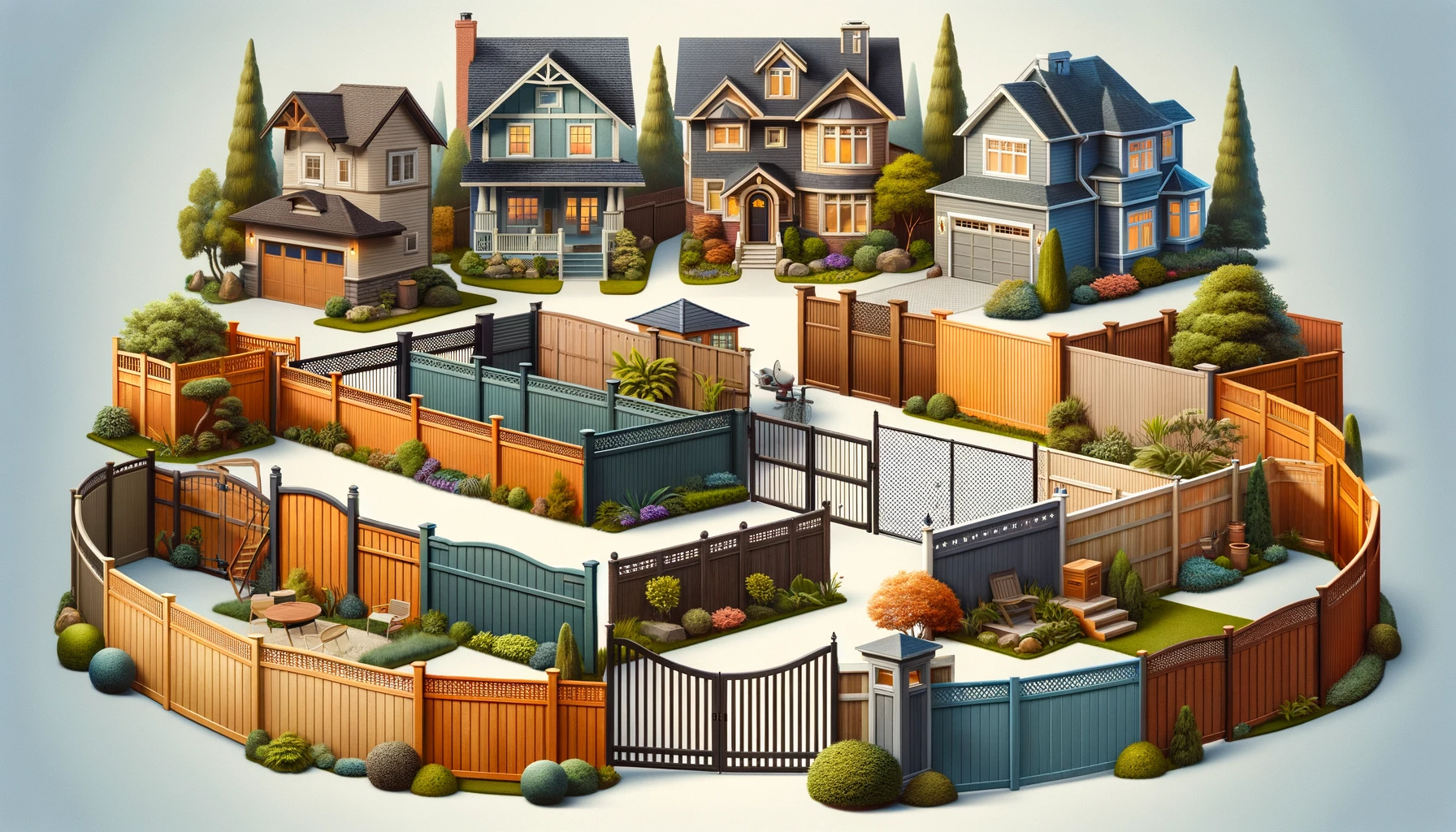
Introduction
- Importance of choosing the right fence
- Overview of factors to consider
Understanding Different Types of Fences
- Wood Fences: Pros, Cons, Maintenance
- Vinyl Fences: Pros, Cons, Maintenance
- Aluminum Fences: Pros, Cons, Maintenance
- Chain Link Fences: Pros, Cons, Maintenance
- Composite Fences: Pros, Cons, Maintenance
Assessing Your Needs and Goals
- Privacy Concerns
- Aesthetic Appeal
- Safety and Security
- Property Value Enhancement
Climate and Environmental Considerations
- Weather Resistance
- Environmental Impact and Sustainability
Budget and Maintenance
- Initial Costs vs. Long-Term Investment
- Maintenance Requirements
- Cost-Benefit Analysis
Local Regulations and Neighborhood Compatibility
- Understanding Local Zoning Laws
- HOA Rules and Community Standards
- Matching Fence Style with Neighborhood Aesthetics
Installation: DIY vs. Professional Services
- Assessing DIY Skills
- Pros and Cons of Professional Installation
- Finding Reliable Contractors
Final Tips and Best Practices
- Key Takeaways
- Future Trends in Fencing
- Recap of Important Considerations
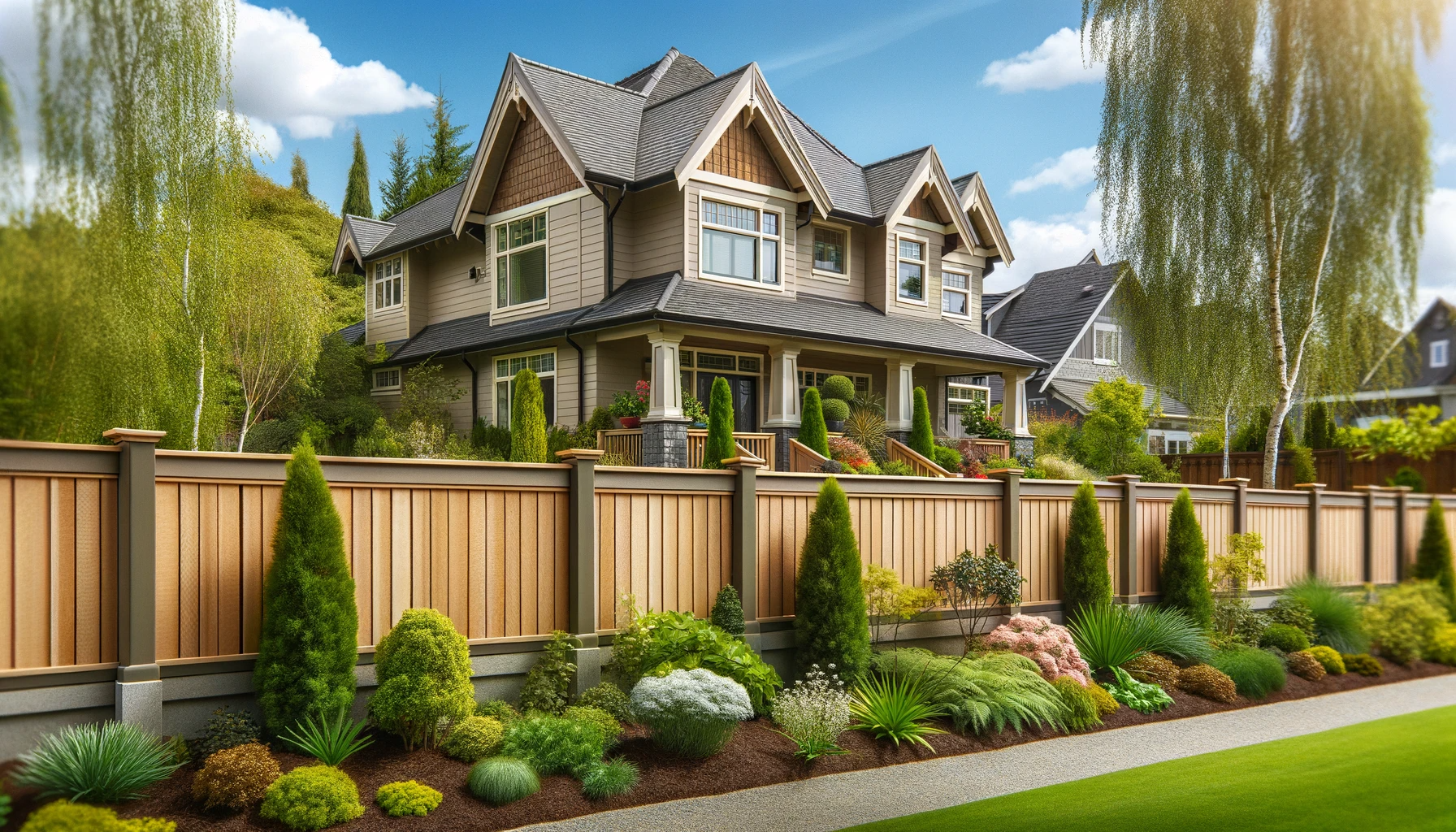
The Ultimate Guide to Choosing the Right Fence for Your Home
Choosing the right fence for your home is more than just a matter of taste; it's a strategic decision that impacts your privacy, security, curb appeal, and even property value. With numerous materials, styles, and configurations available, homeowners can find this decision overwhelming. This comprehensive guide is designed to navigate you through the myriad of choices, helping you select a fence that not only meets your needs but also complements your home and lasts for years.
Understanding Different Types of Fences
Wood Fences: The classic charm of wood fences makes them a perennial favorite. Ideal for privacy and traditional aesthetics, they can be painted or stained to match any style. However, wood fences require regular maintenance, including staining and repairs, to combat weather-related wear.
Vinyl Fences: Vinyl offers a low-maintenance alternative to wood, resistant to weathering, rot, and insects. While upfront costs are higher, vinyl fencing pays off in longevity and ease of cleaning, though it may lack the natural look and charm of wood.
Aluminum Fences: Aluminum fencing is both durable and elegant, often used for decorative purposes or around pools. It's rust-resistant and requires minimal upkeep. However, it provides less privacy and may incur higher costs.
Chain Link Fences: Chain link is the go-to for budget-conscious homeowners. It's durable, requires little maintenance, and is suitable for boundary markers or pet fences but offers little in terms of privacy or aesthetic appeal.
Composite Fences: Combining wood fibers with plastic, composite fencing provides a wood-like appearance with reduced maintenance. It's eco-friendly and resists rot and insects, but it's on the pricier side.
Assessing Your Needs and Goals
Consider what you need most from your fence. Is privacy your primary concern, or is it more about security? Maybe you're aiming to enhance your home's aesthetic appeal or increase property value. Your goals significantly influence the type of fence you choose.
Climate and Environmental Considerations
The local climate plays a crucial role in your decision. Materials like wood may suffer in humid or rainy environments, while others like aluminum withstand various weather conditions. Additionally, consider the environmental impact of your fence material. Eco-friendly options like composite materials offer sustainability without compromising on quality.
Budget and Maintenance
Balance your initial budget with long-term maintenance costs. While some materials may have higher upfront costs, their longevity and low maintenance can make them more cost-effective in the long run. Regular maintenance can also extend the life of more affordable fencing options.
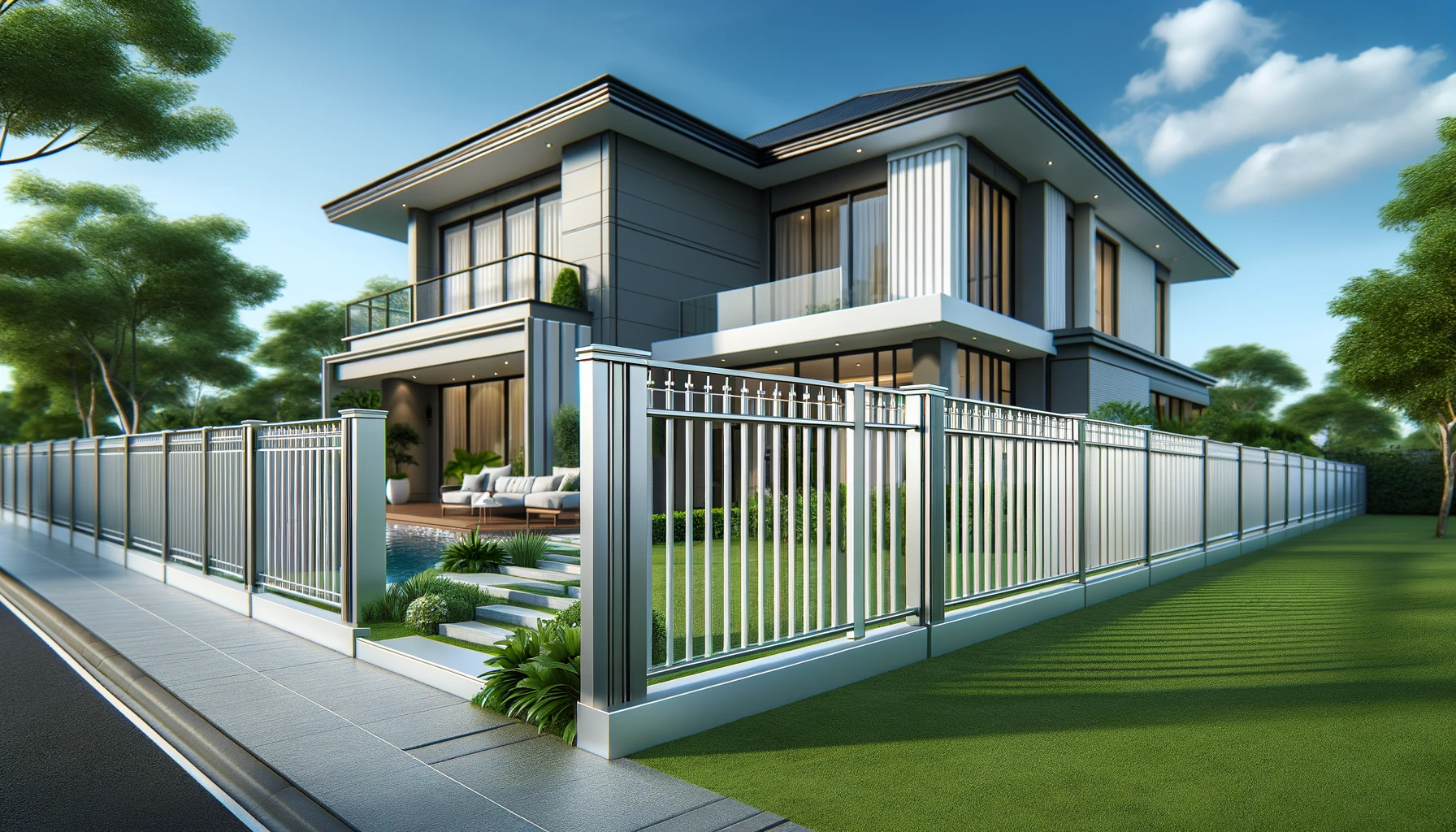
Local Regulations and Neighborhood Compatibility
Check local zoning laws and homeowners' association (HOA) rules before making a decision. Ensure your fence meets height and material restrictions and fits within your community's aesthetic. Respecting these guidelines prevents legal issues and maintains neighborhood harmony.
Installation: DIY vs. Professional Services
Evaluate whether a DIY installation is feasible for you. While it can save money, improper installation can lead to increased costs down the line. Professional installation ensures a durable and compliant fence, and reputable contractors can provide valuable advice on materials and design.
Final Tips and Best Practices
Choosing the right fence is a balance of aesthetic preferences, functional needs, budget considerations, and environmental factors. Stay informed about future trends in fencing, like smart fences or eco-friendly materials, as these could offer additional benefits. Remember, the right fence not only enhances your property's appeal and security but also reflects your personal style and values.
To learn more about choosing the right fence for your property, please book an onsite consultation with one of our fence experts today.
Fence Installation Blog
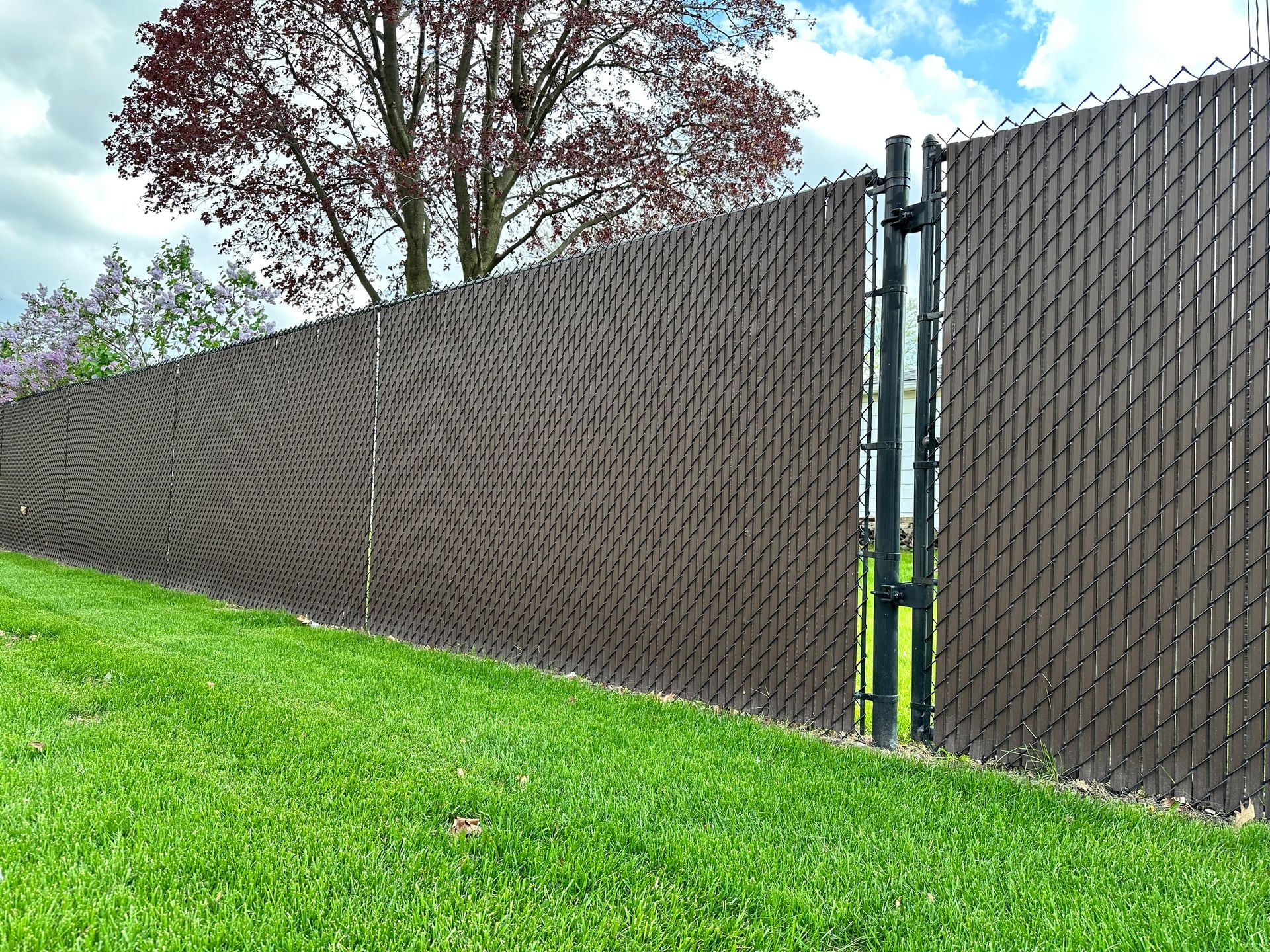
How to Upgrade Your Chain Link Fence with Privacy Slats: Benefits, Styles & Installation in Illinois
